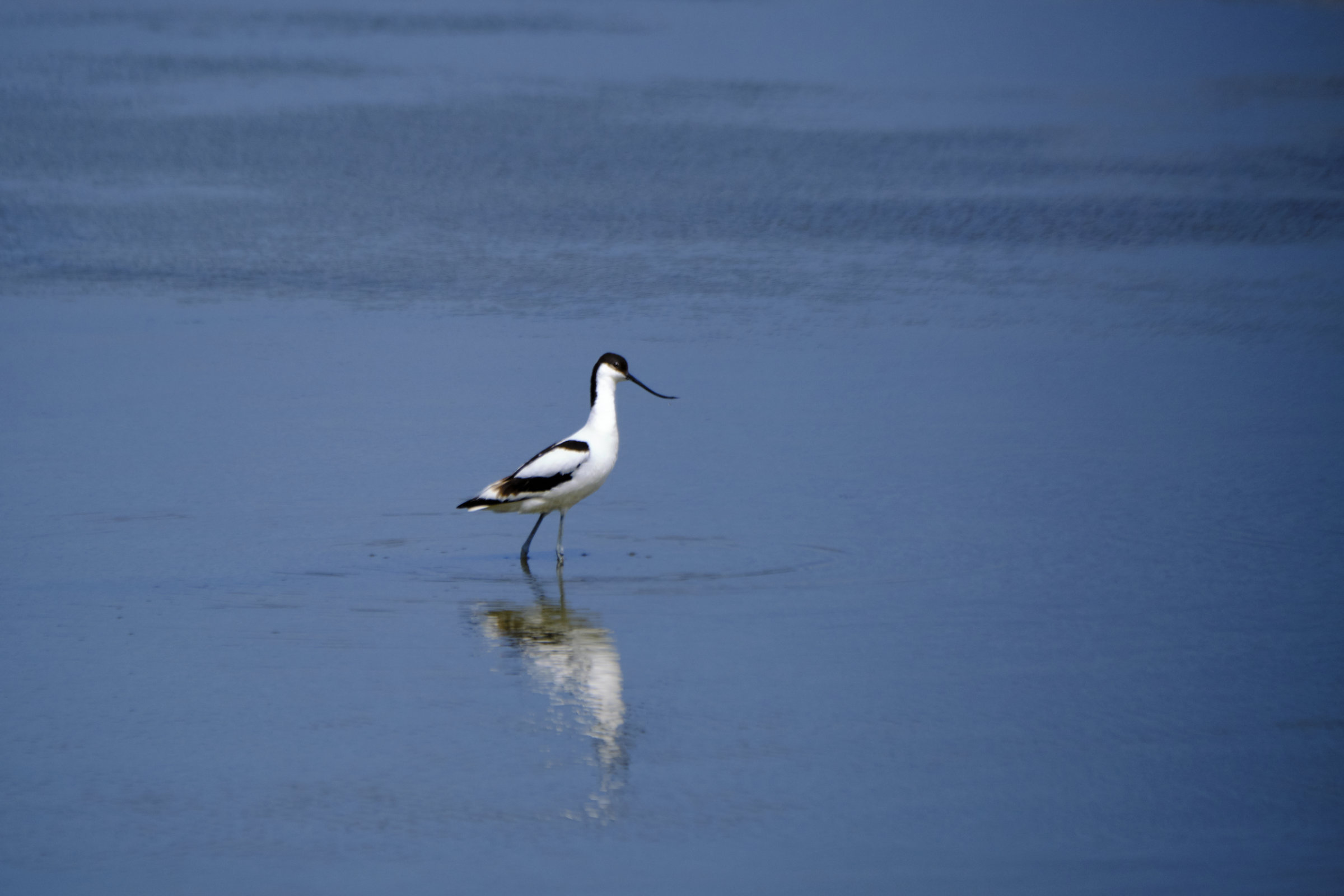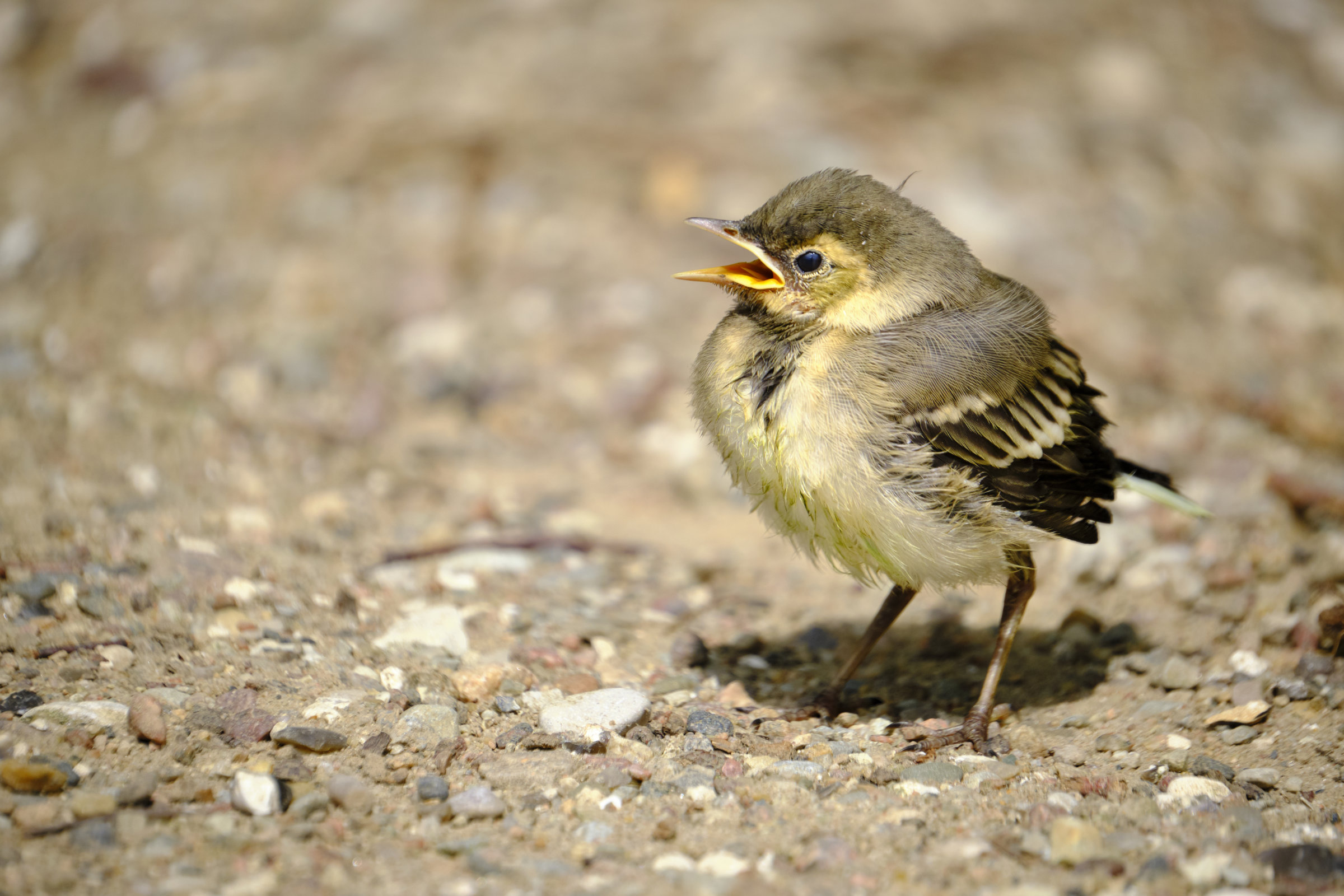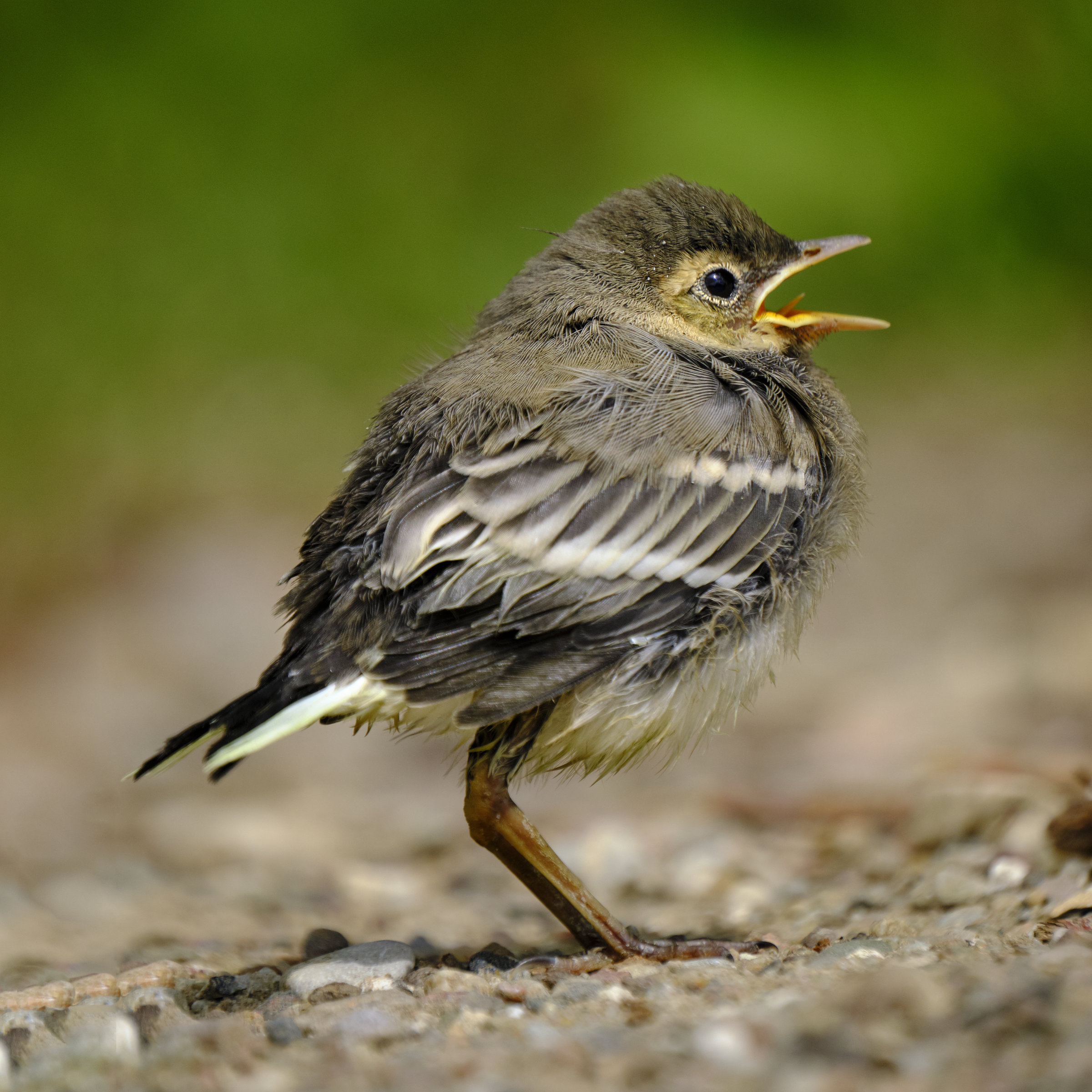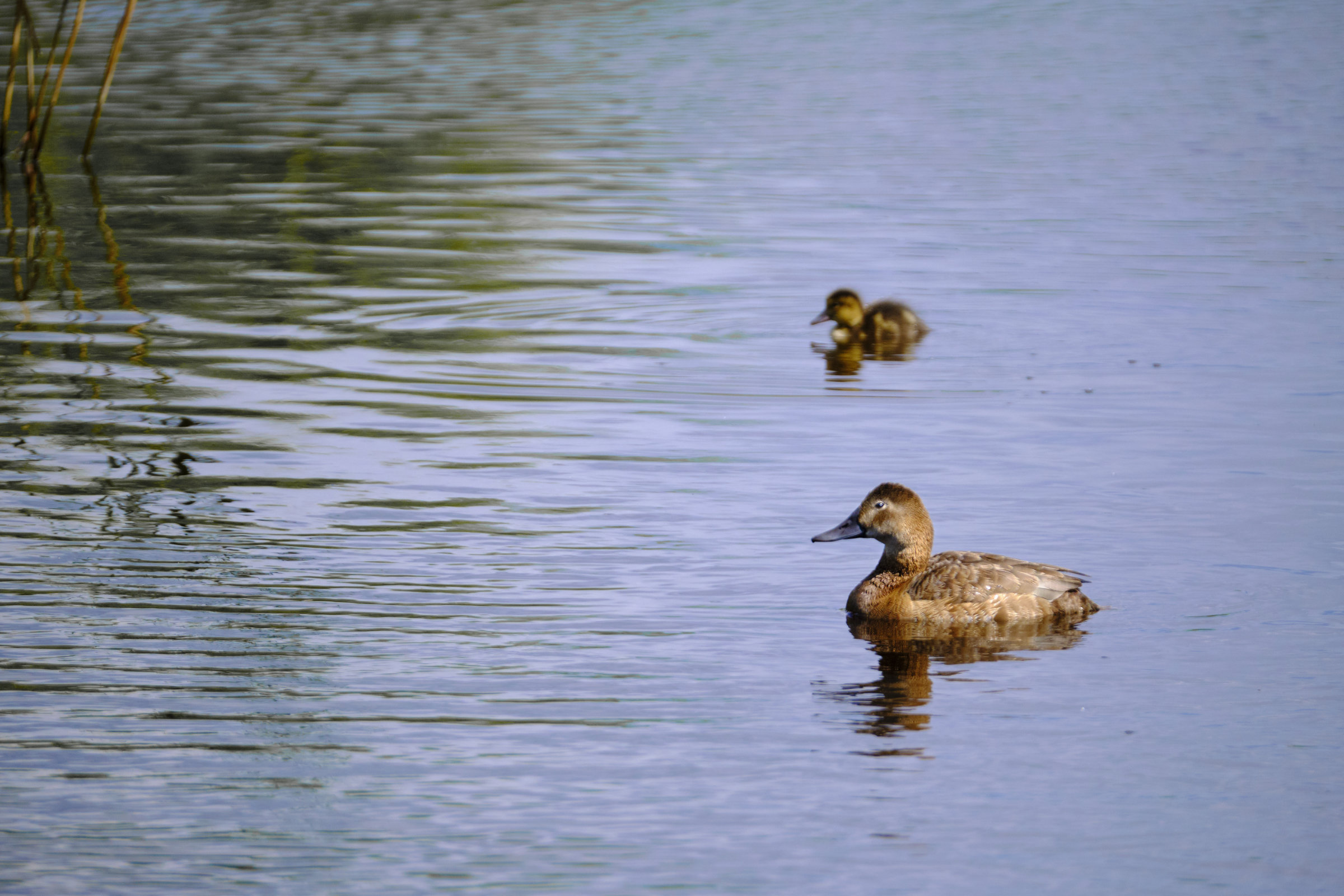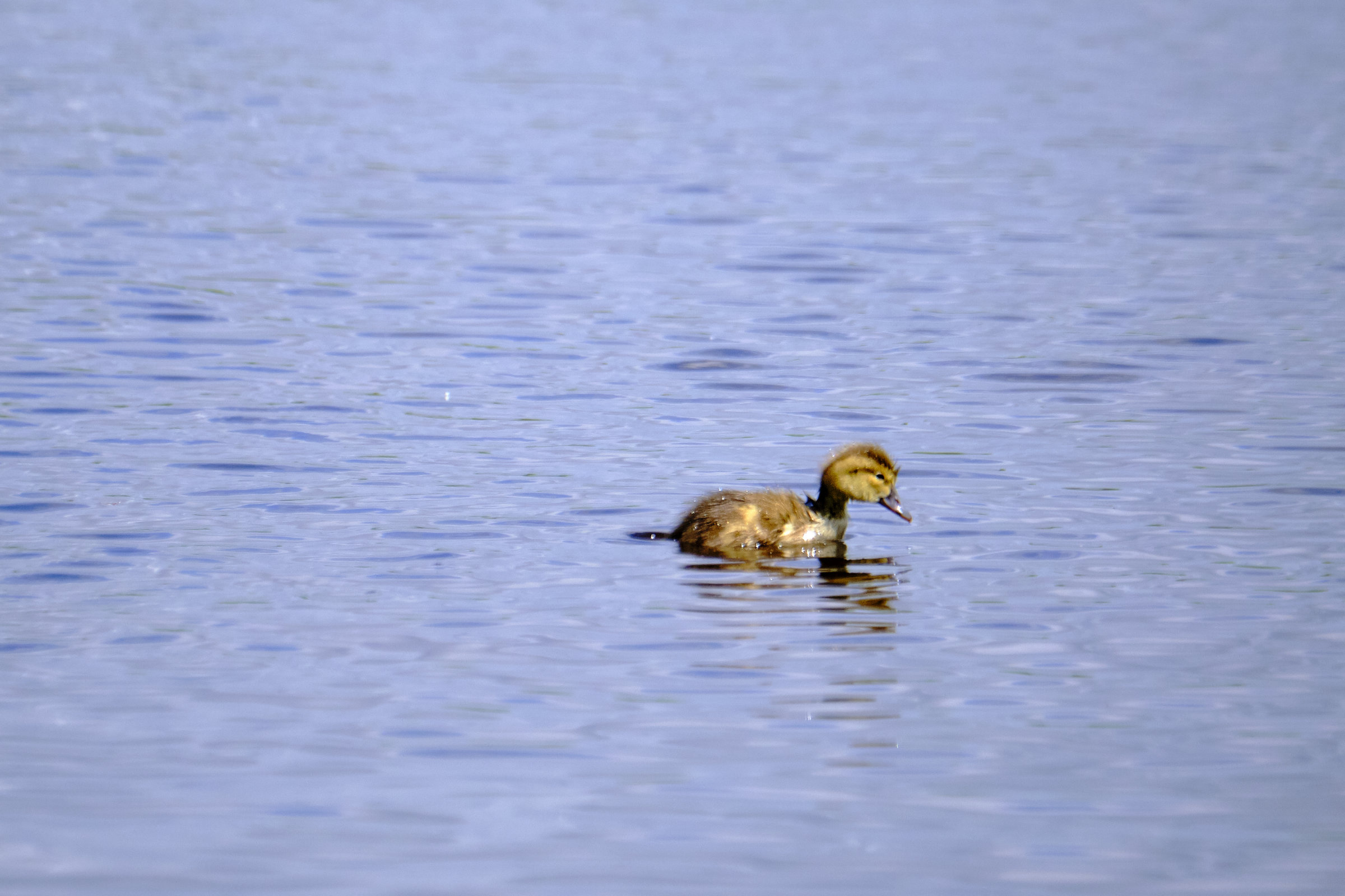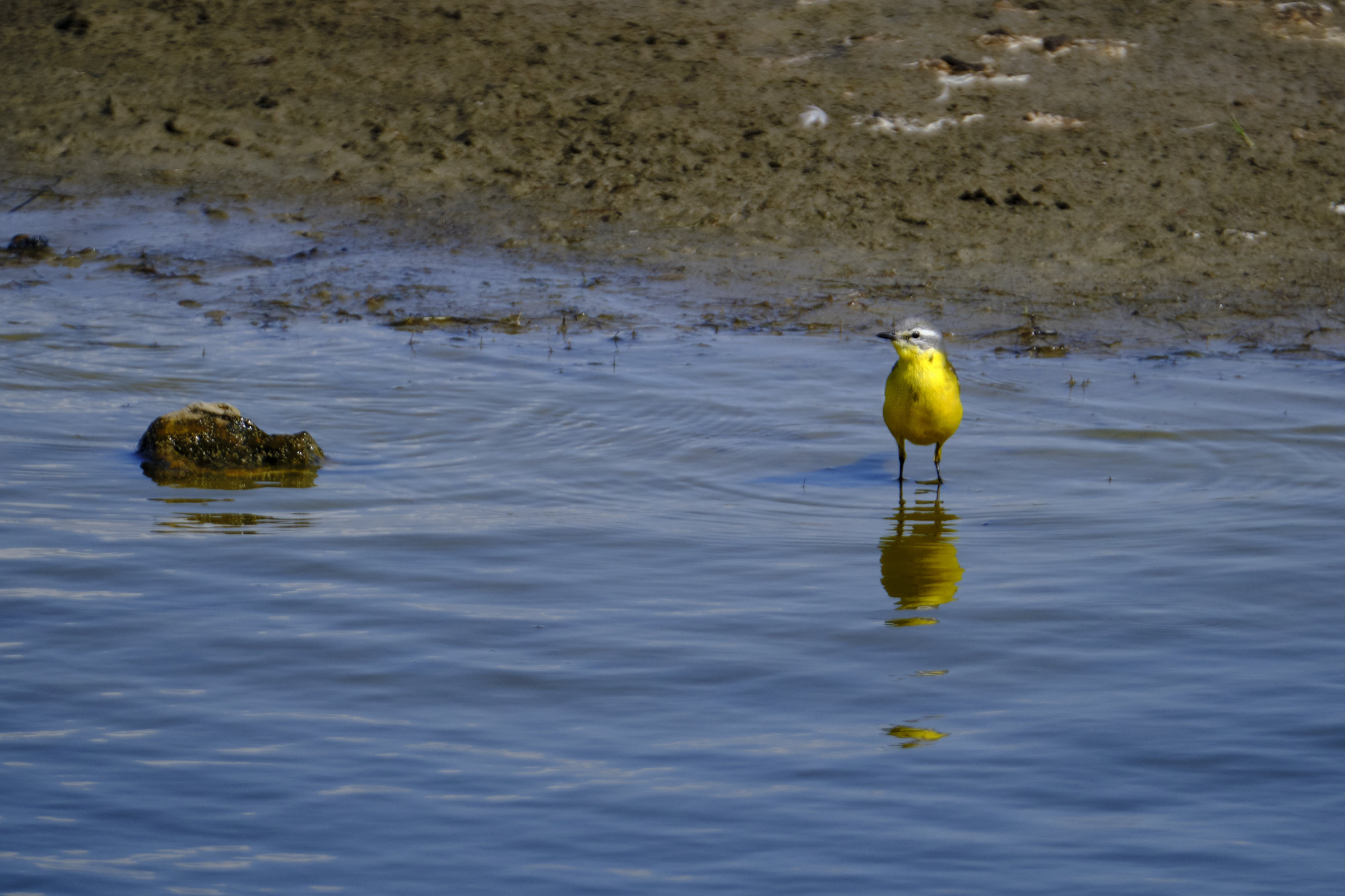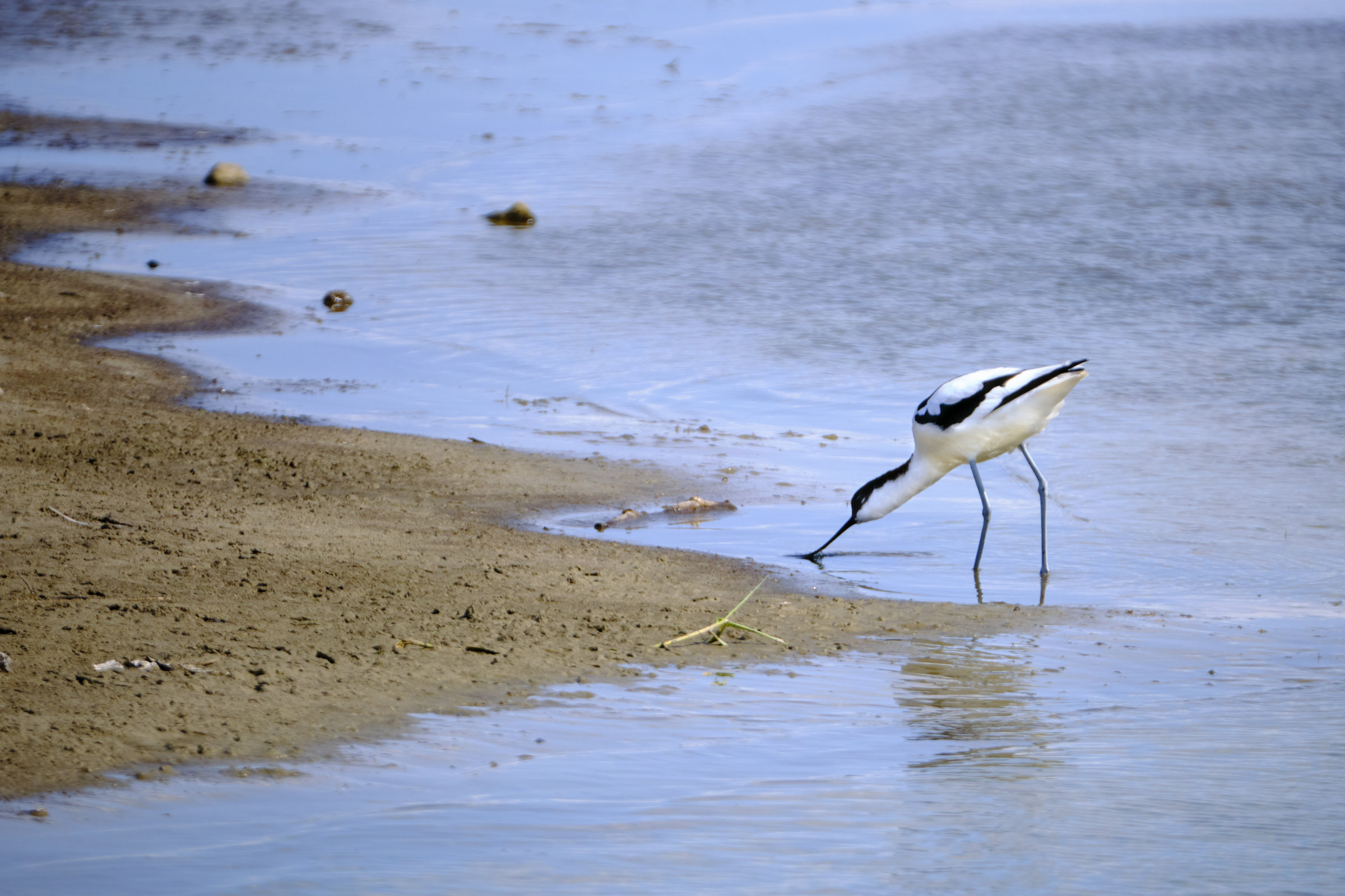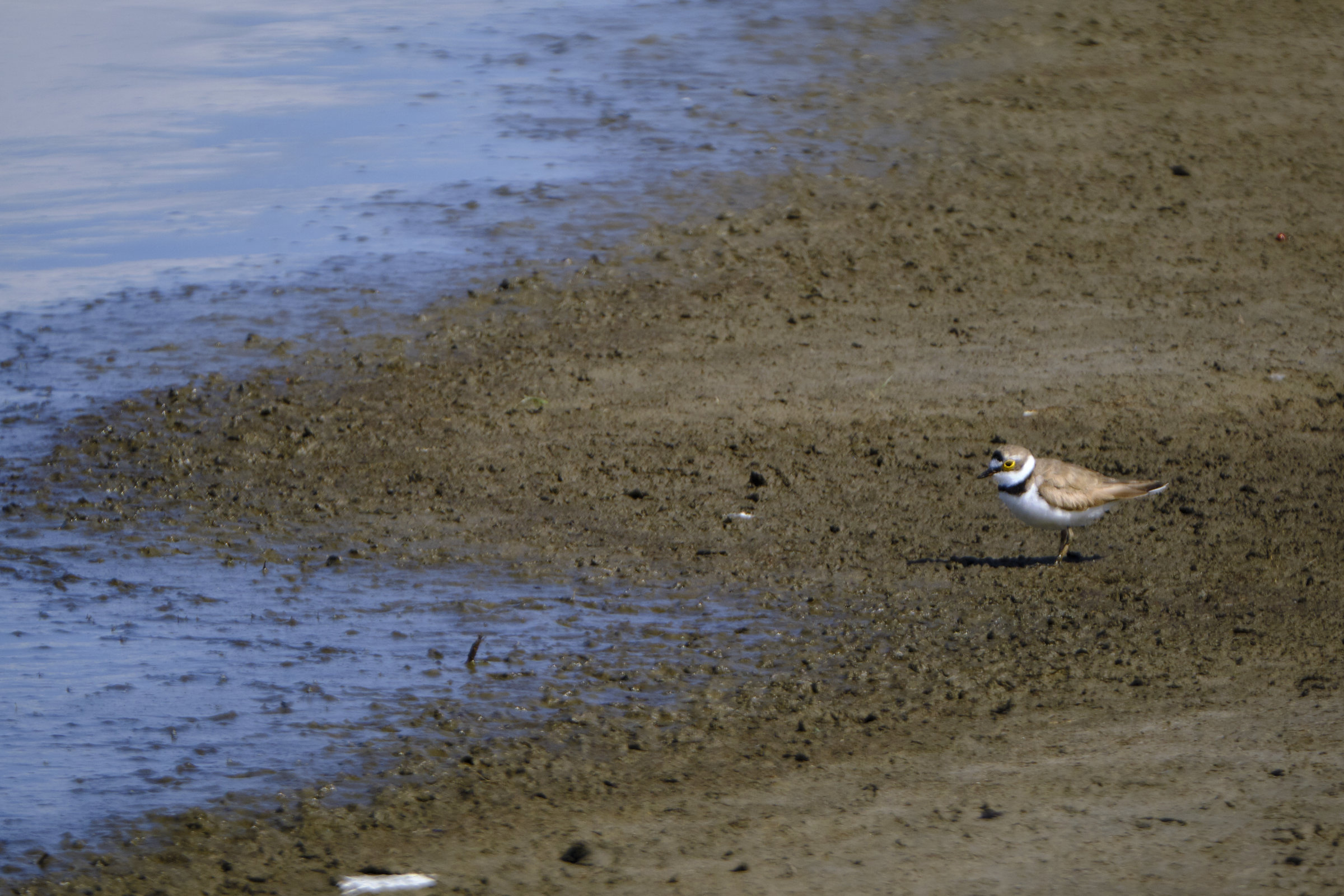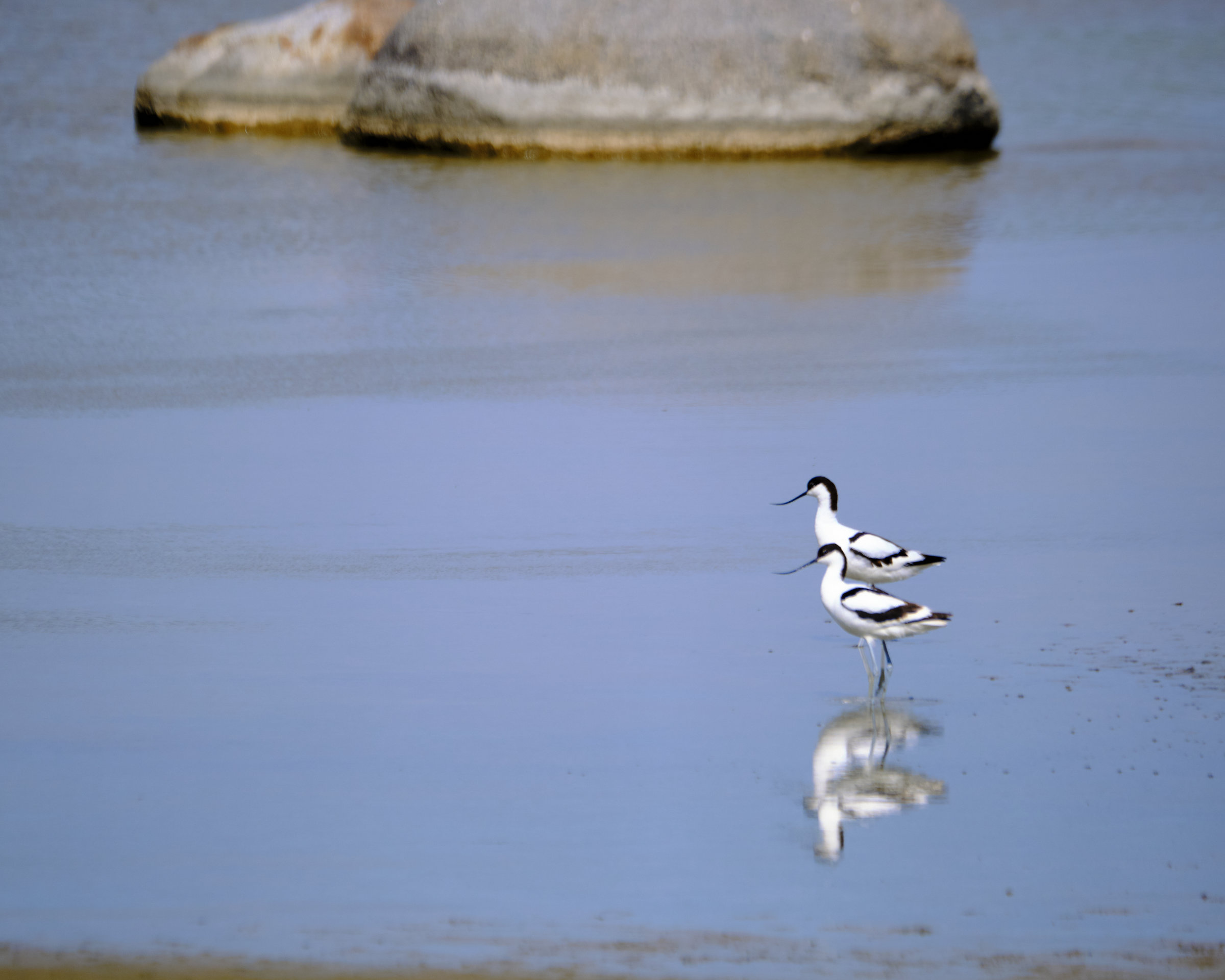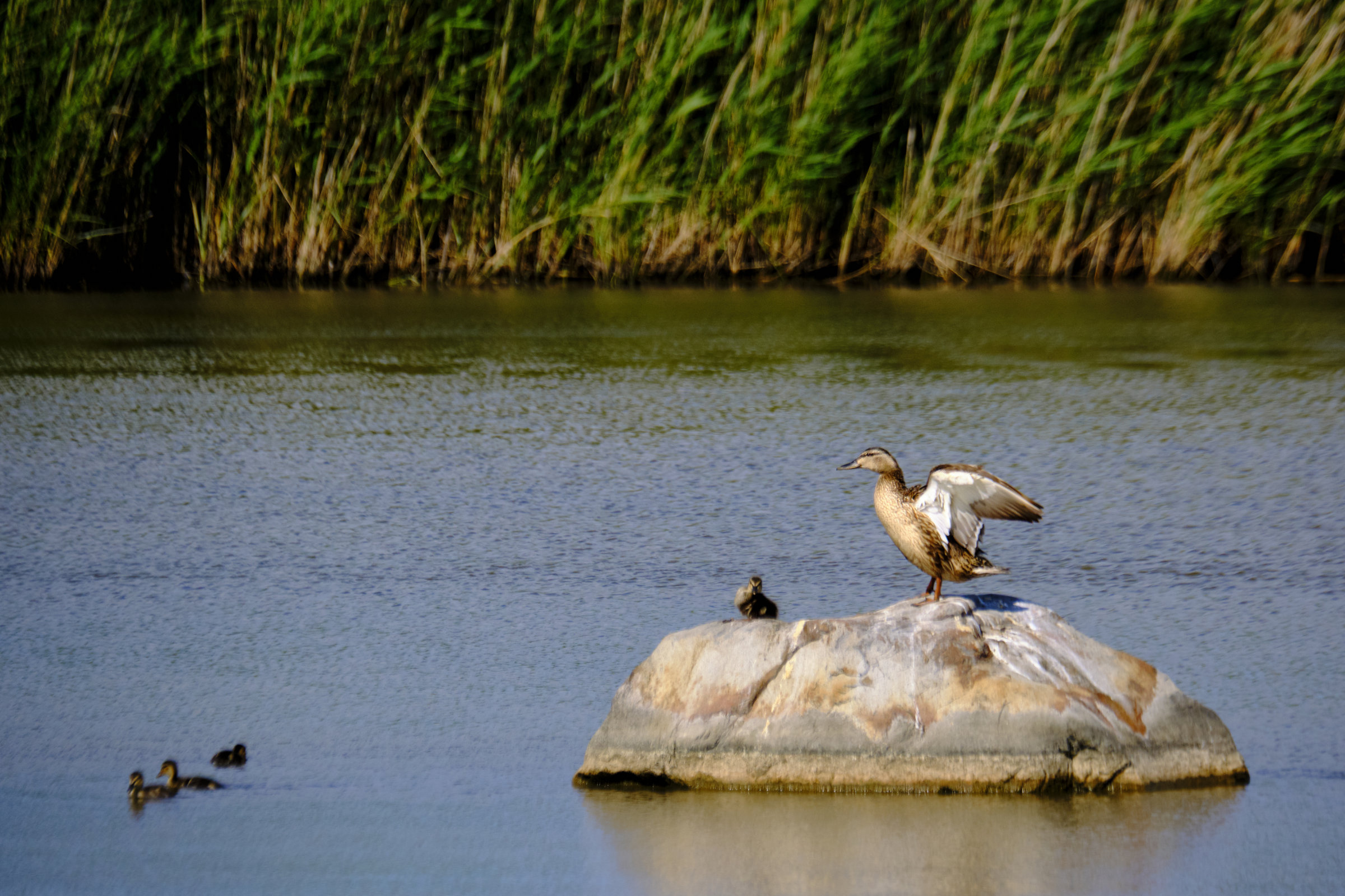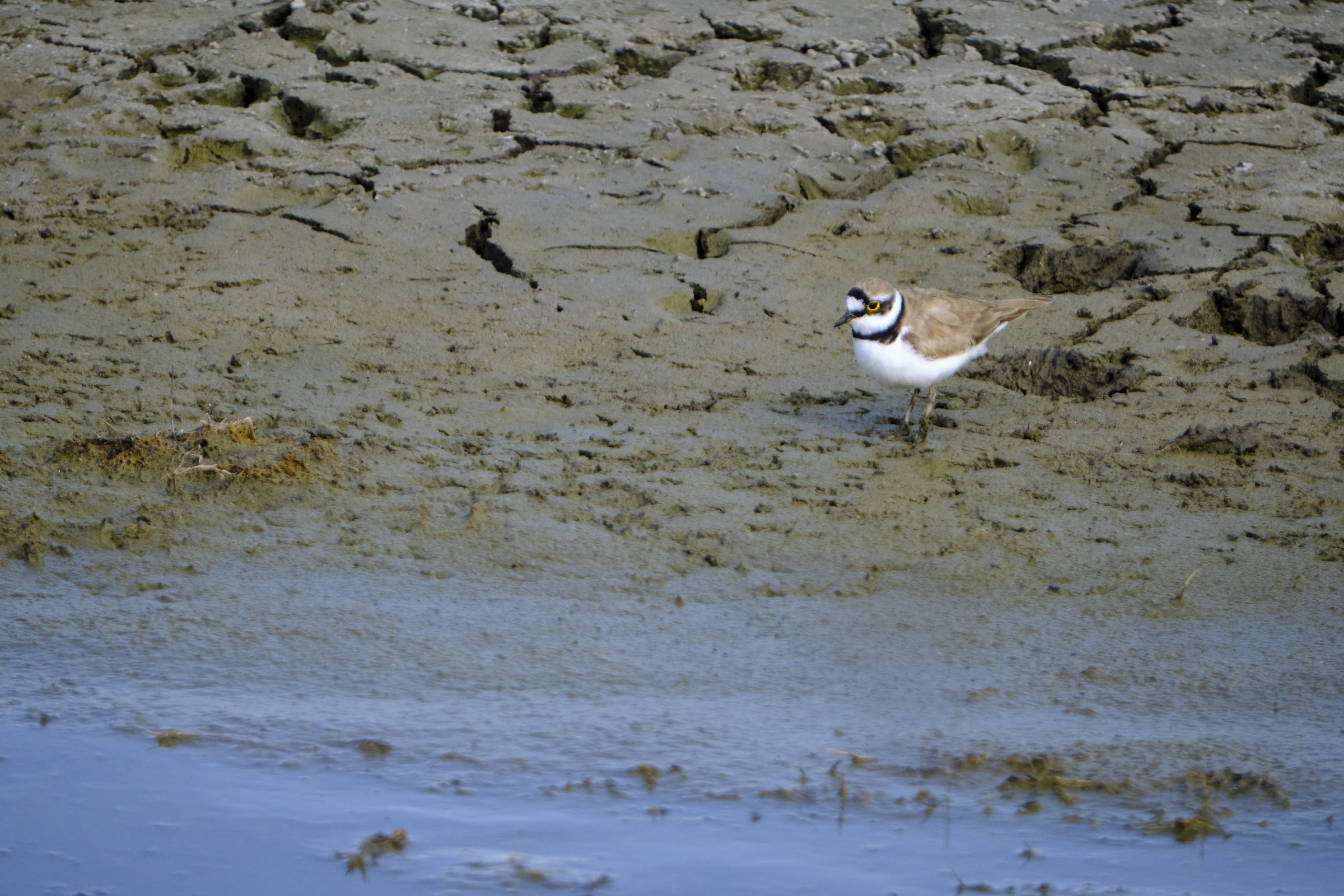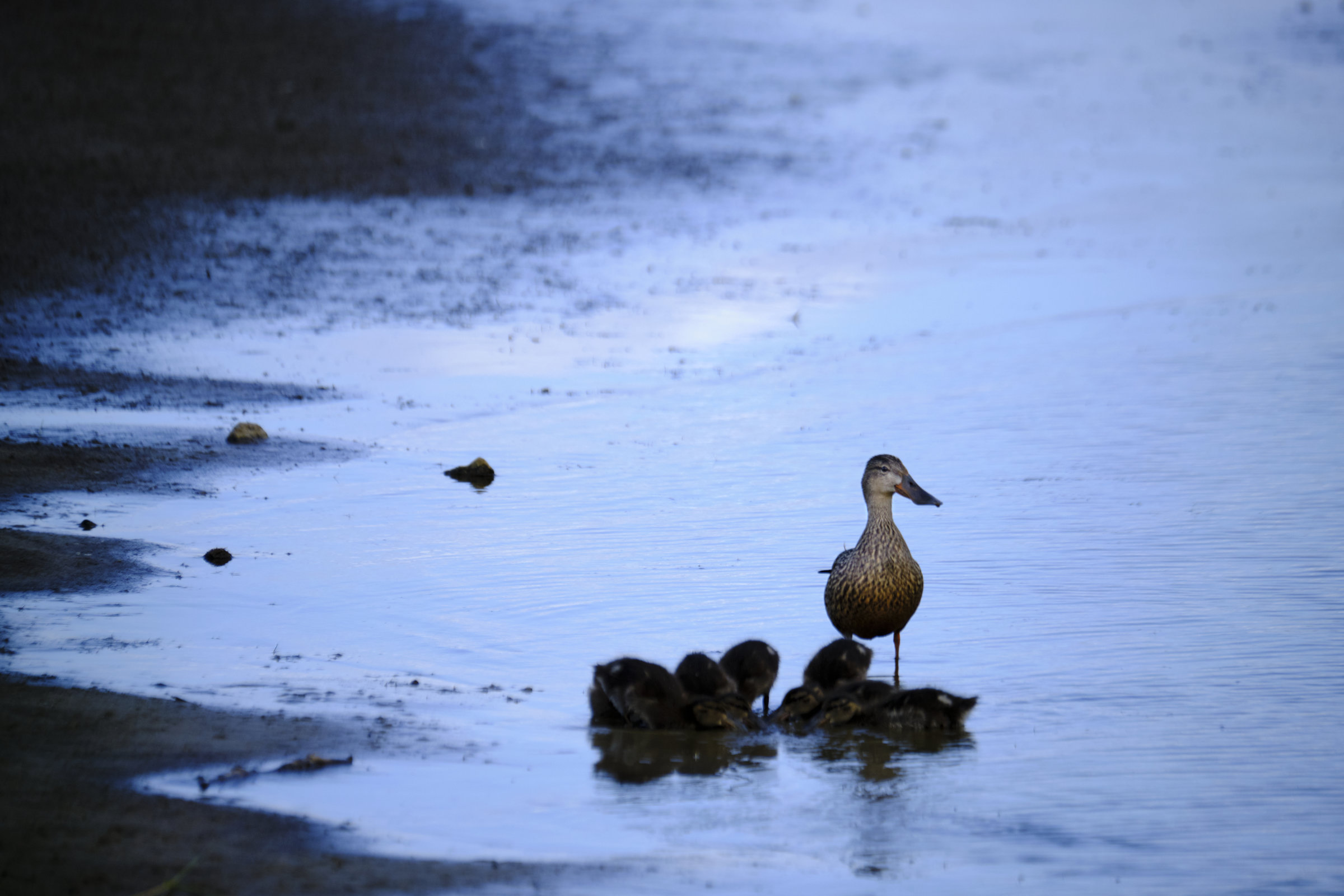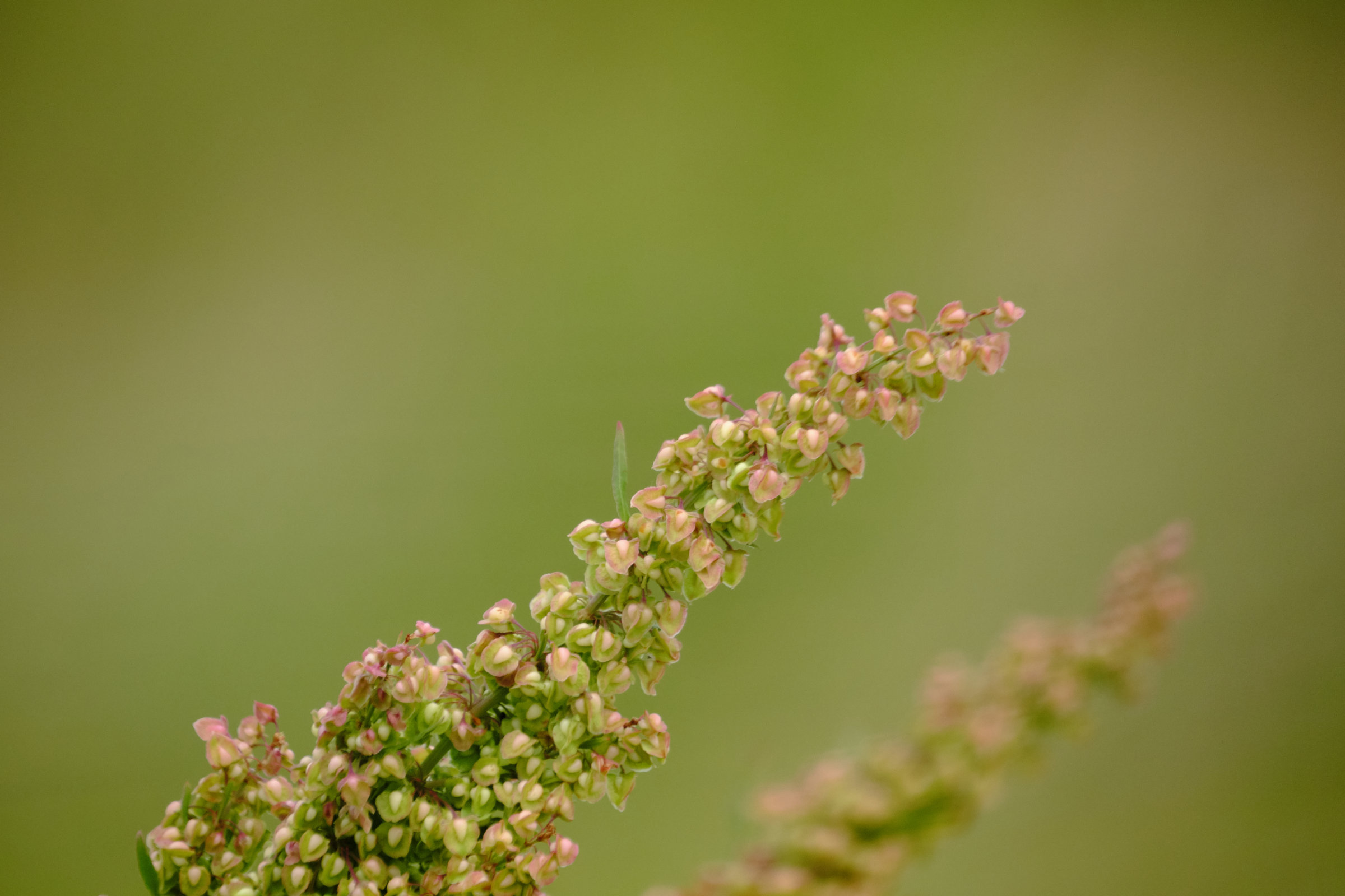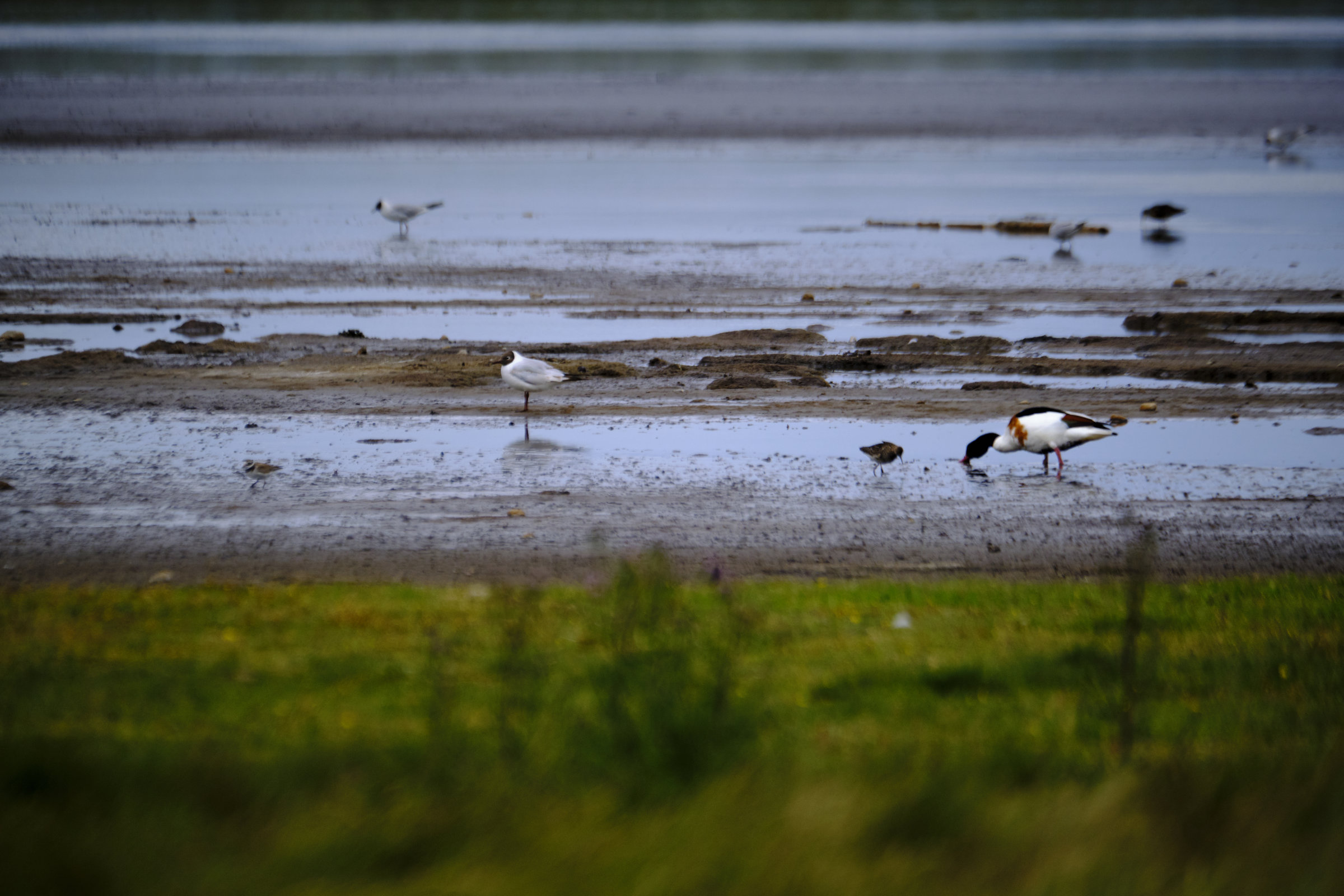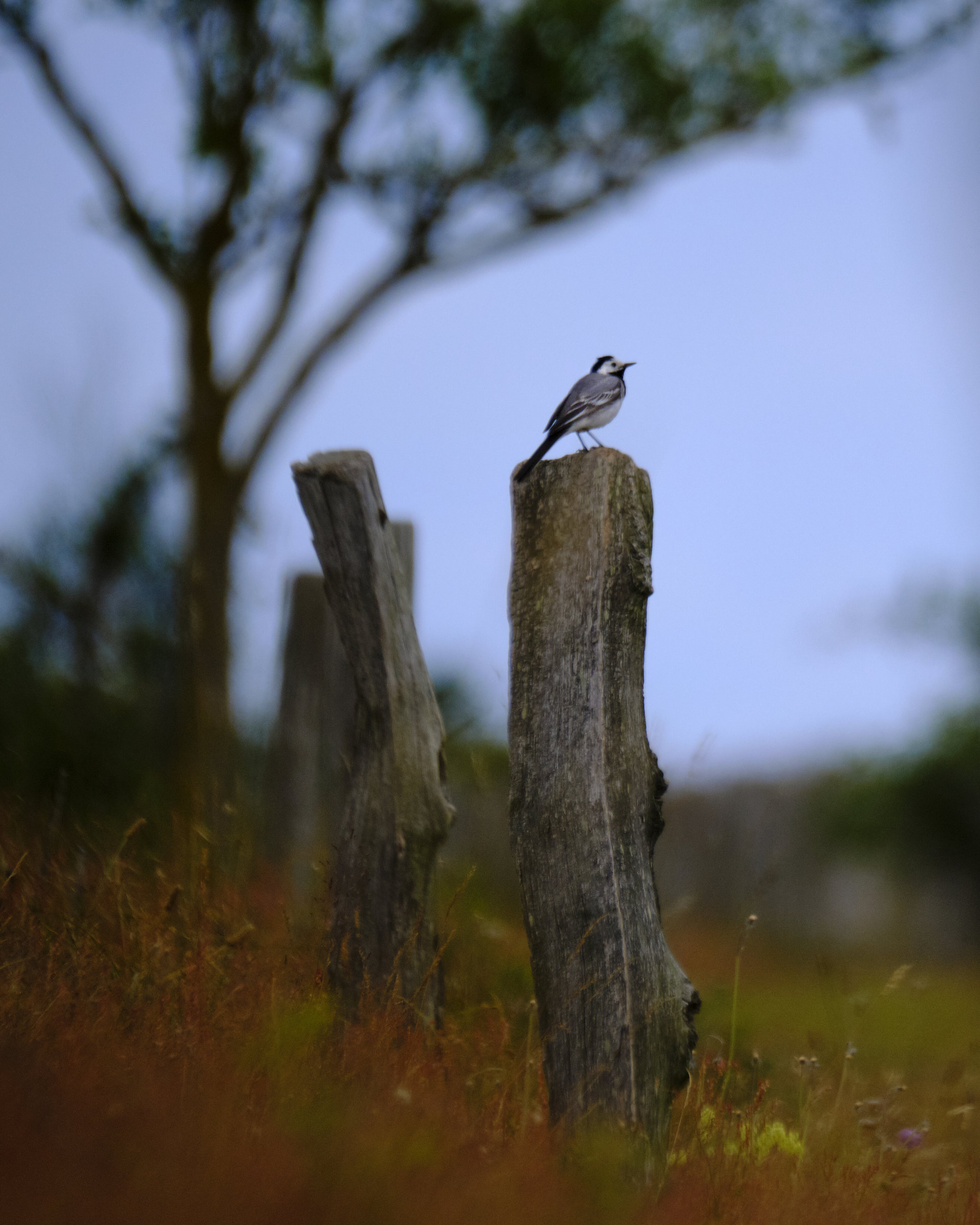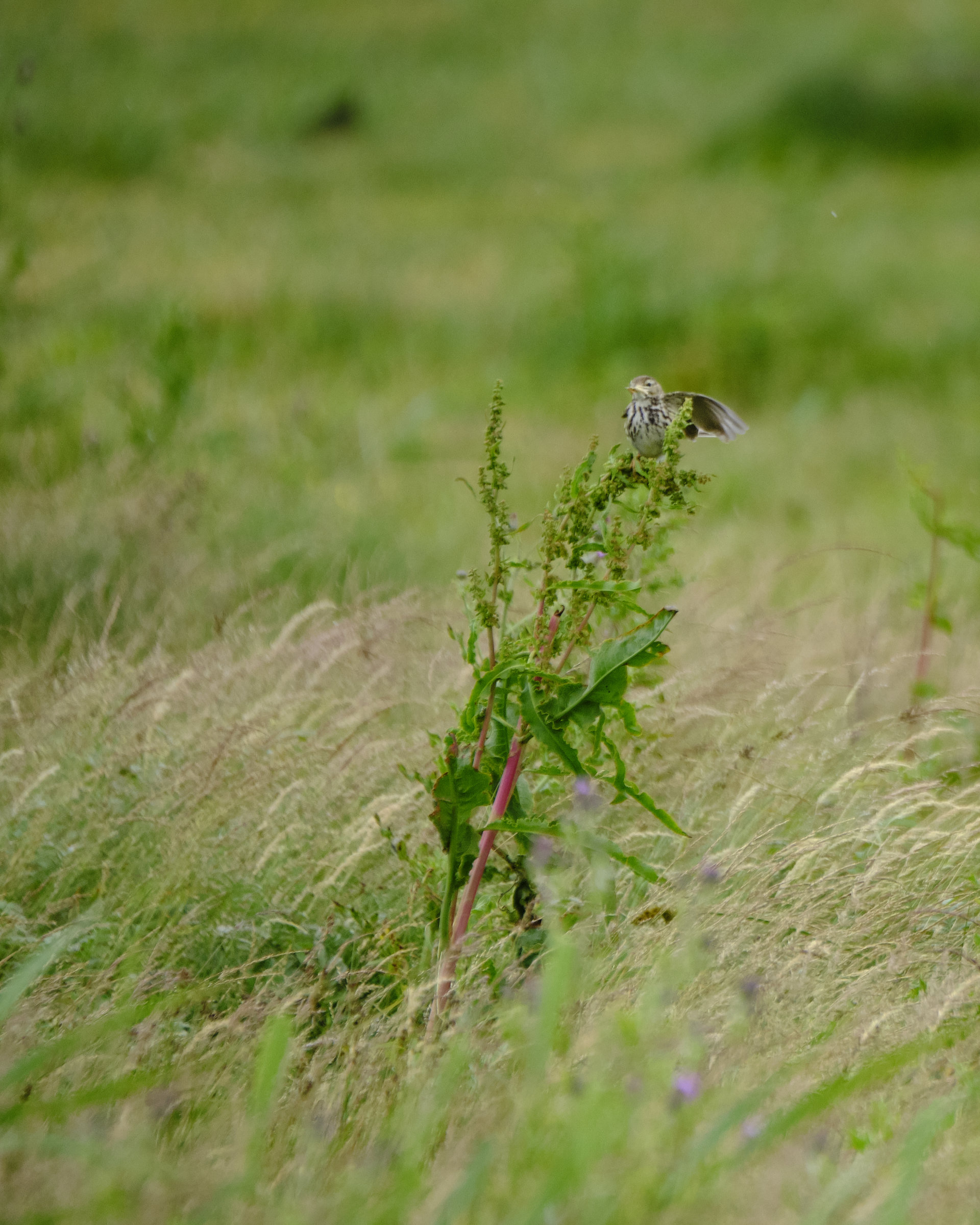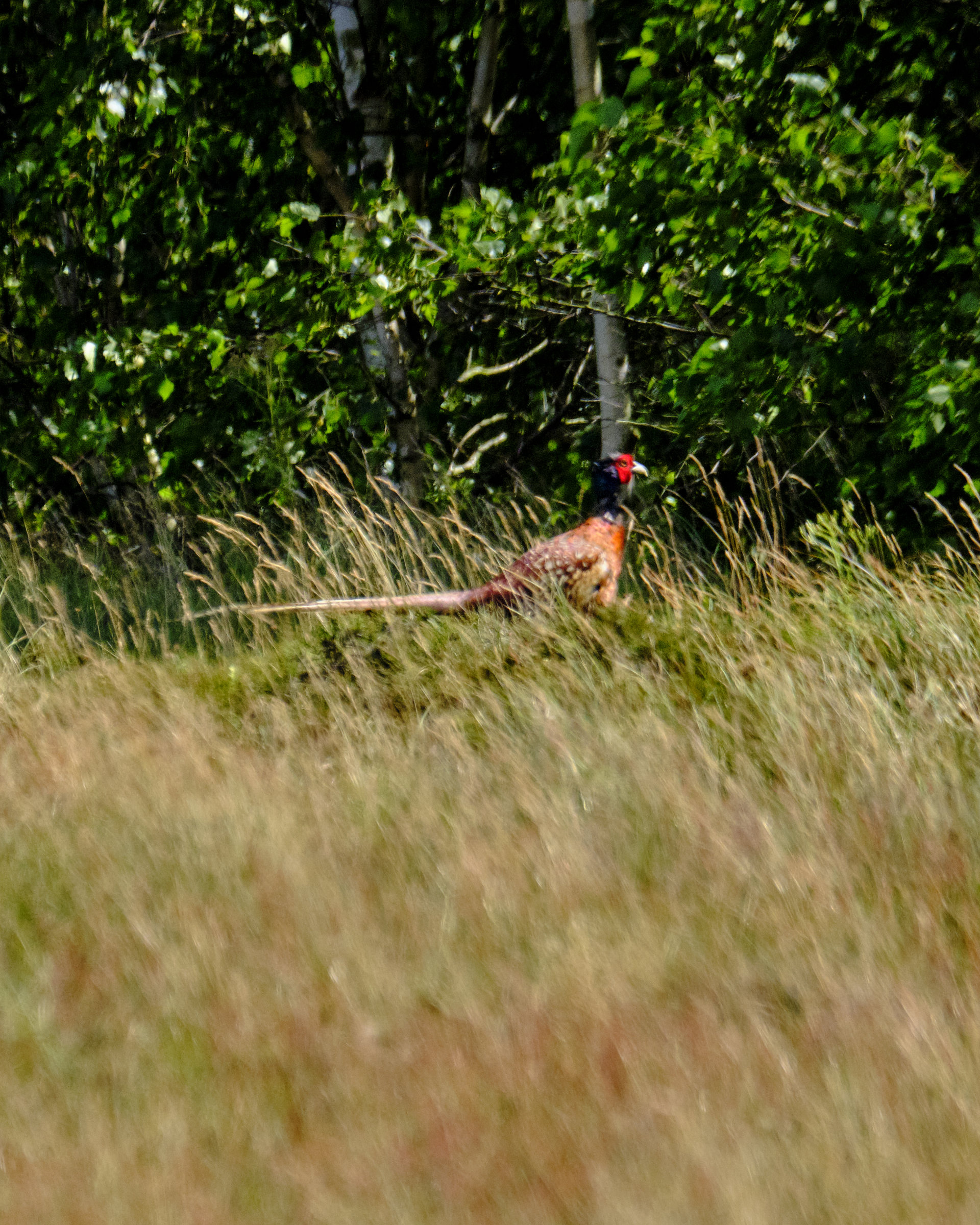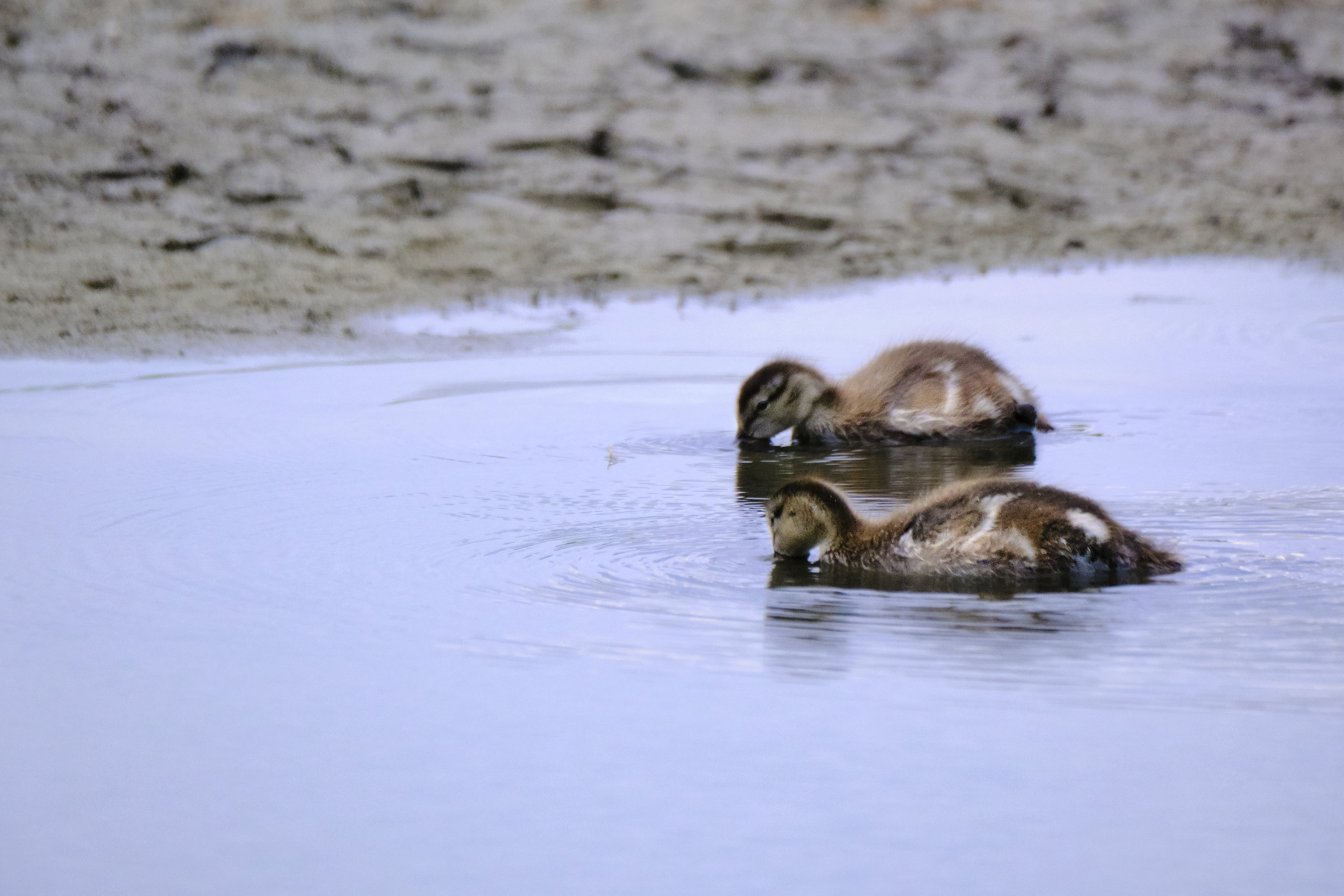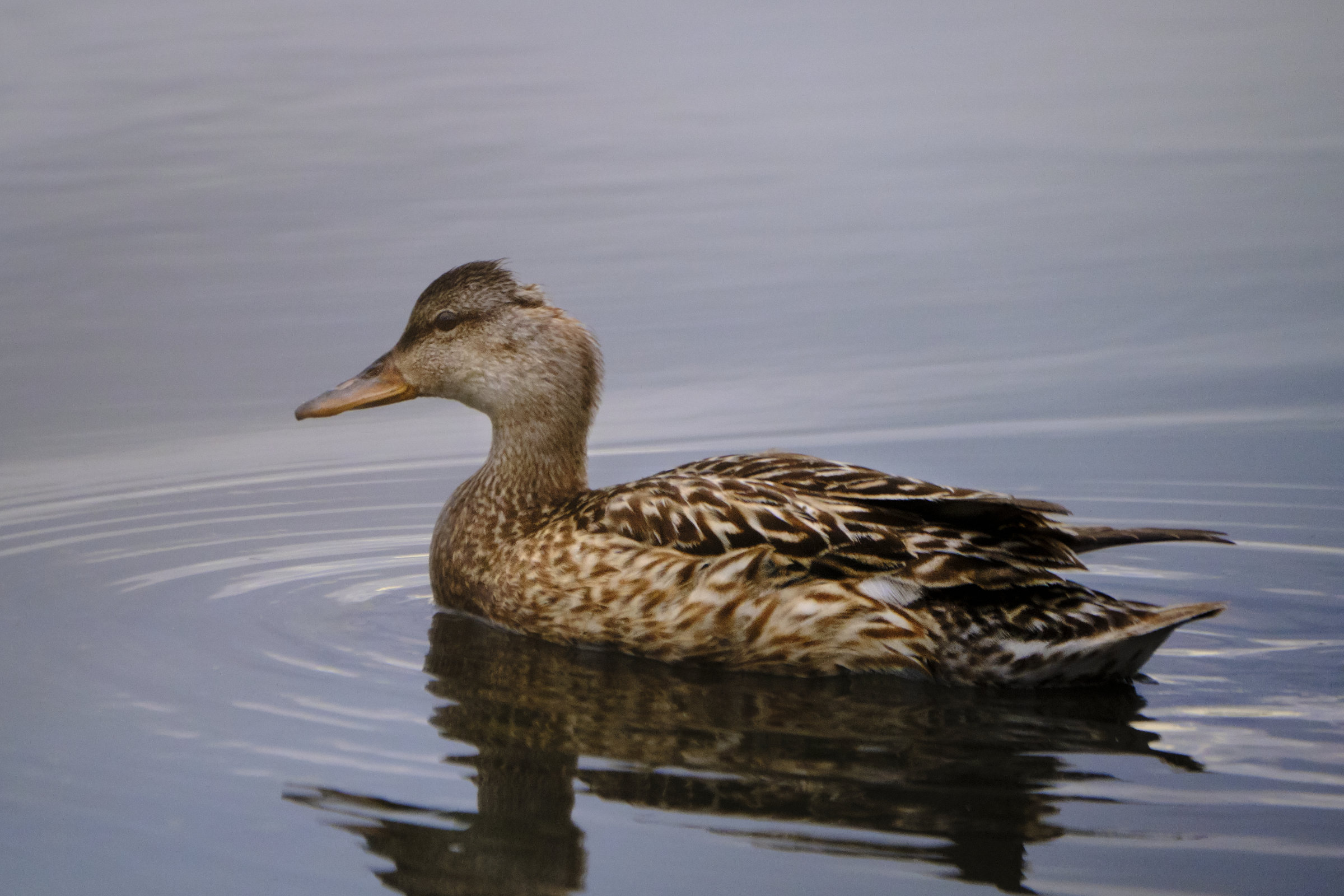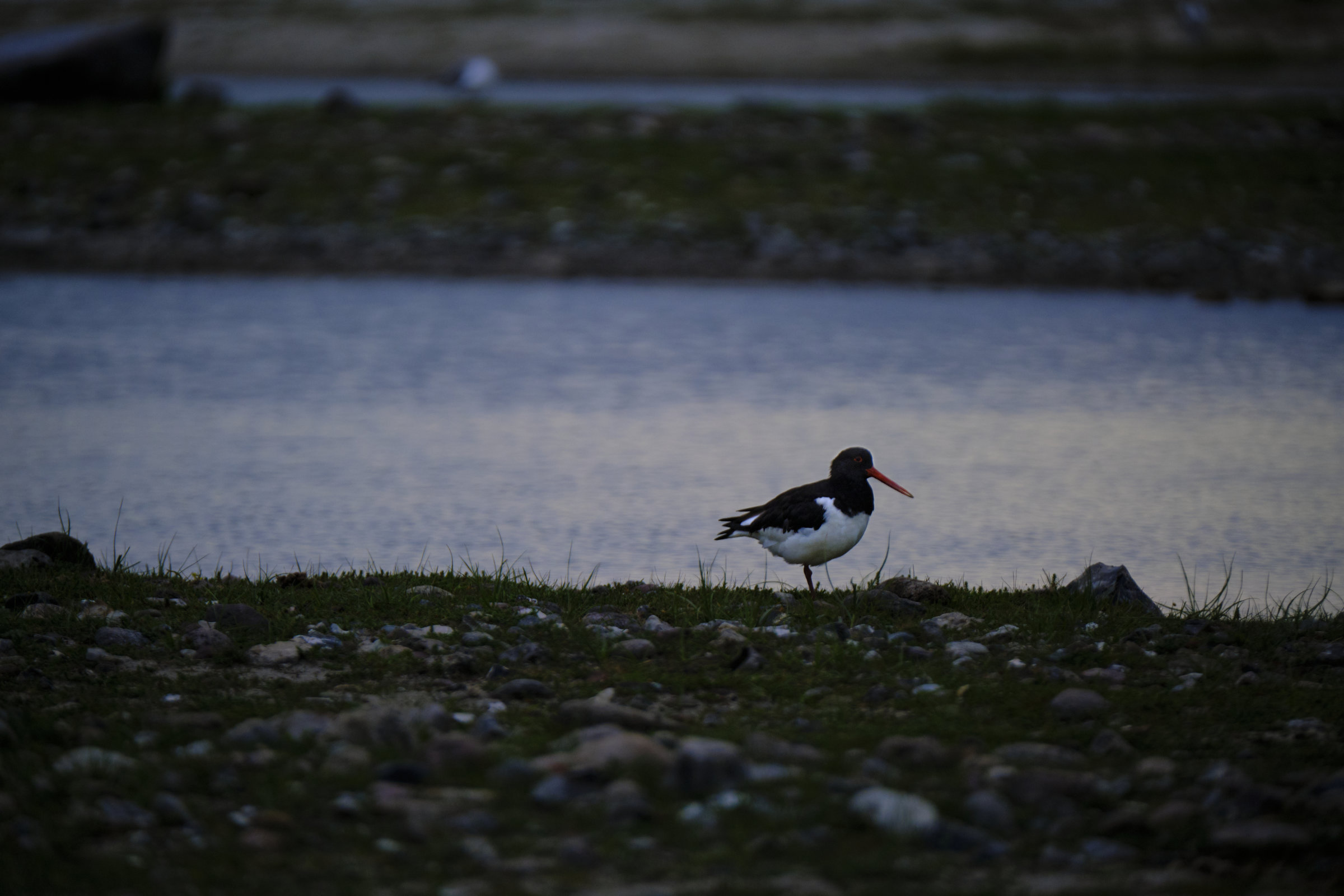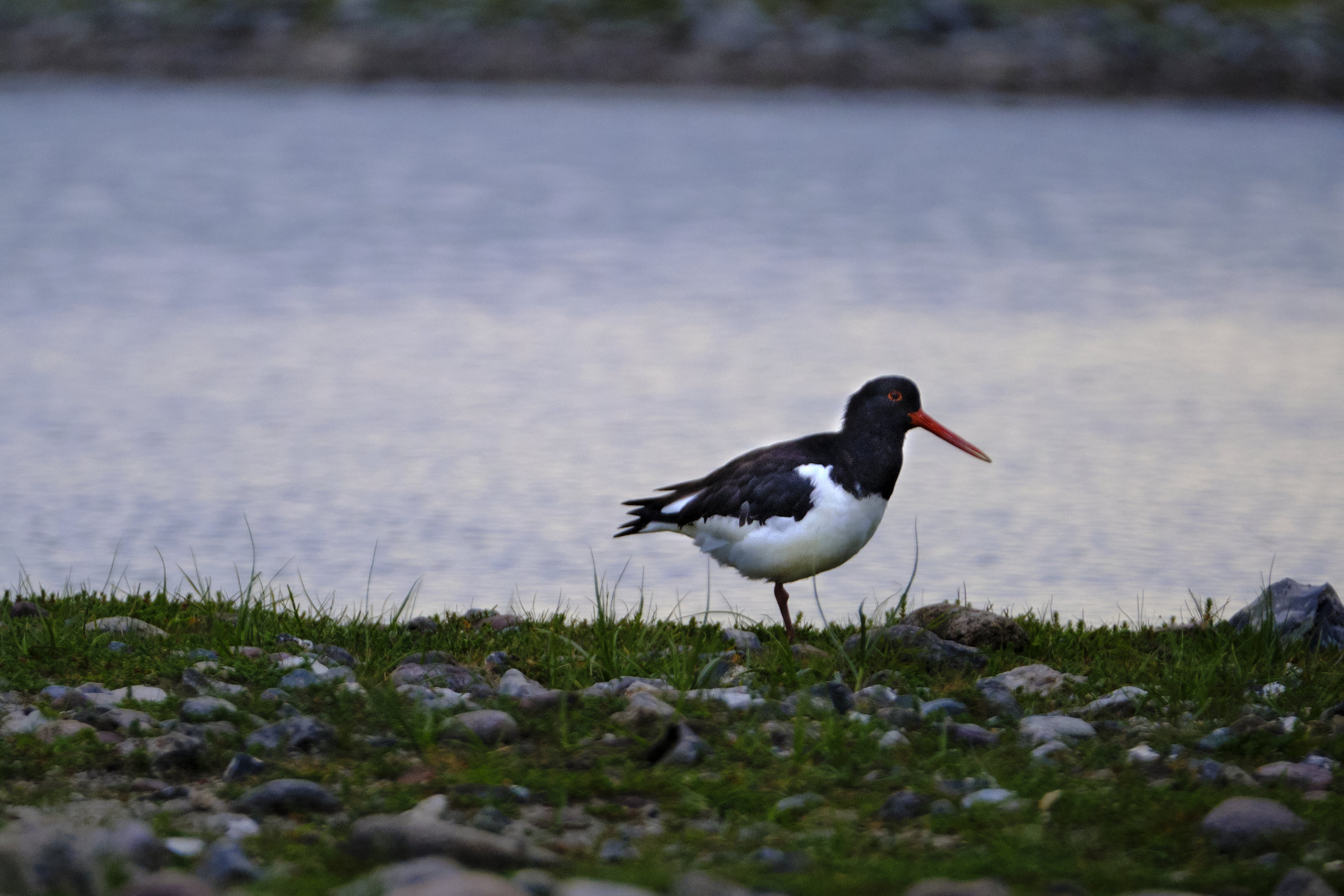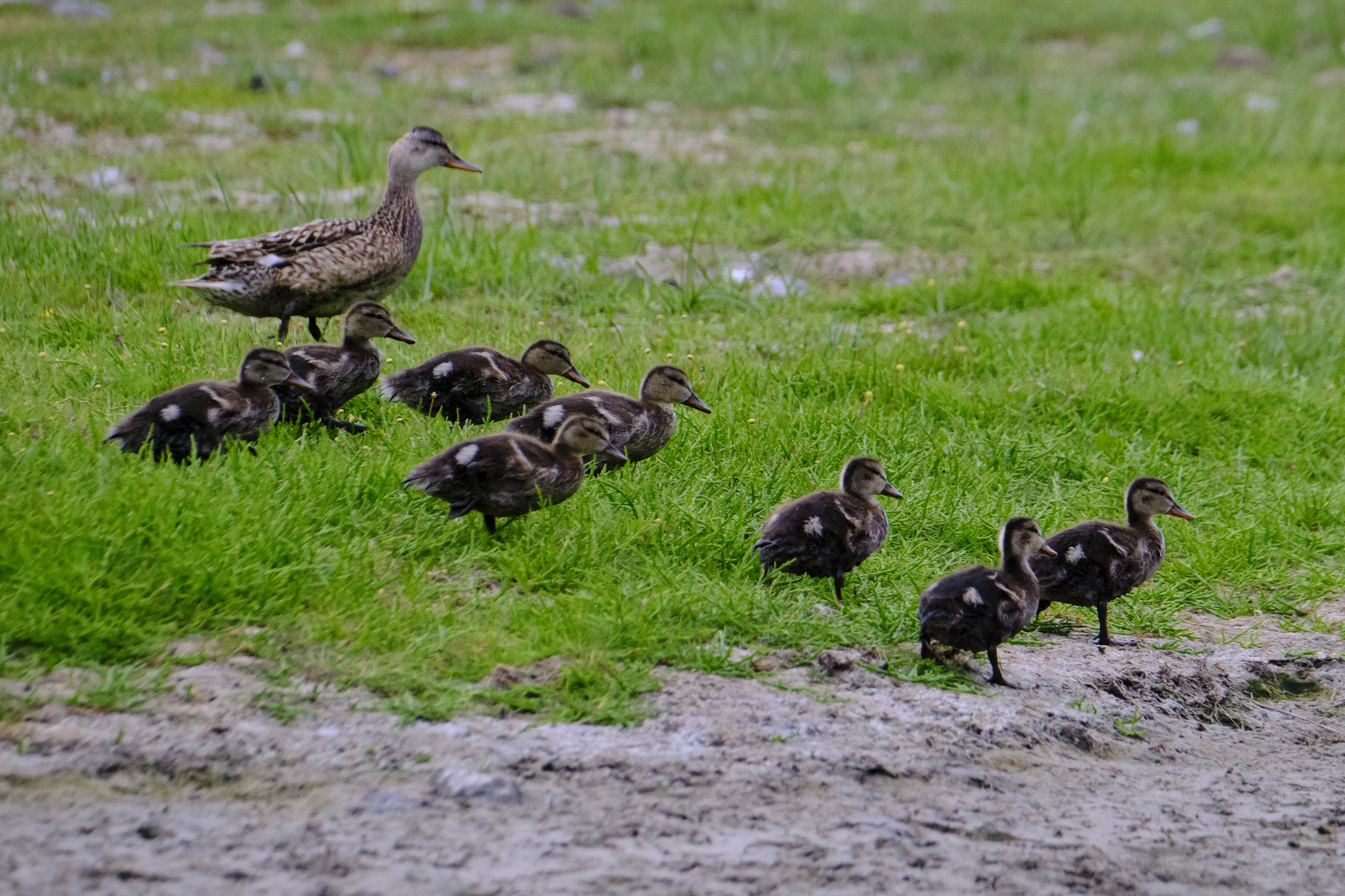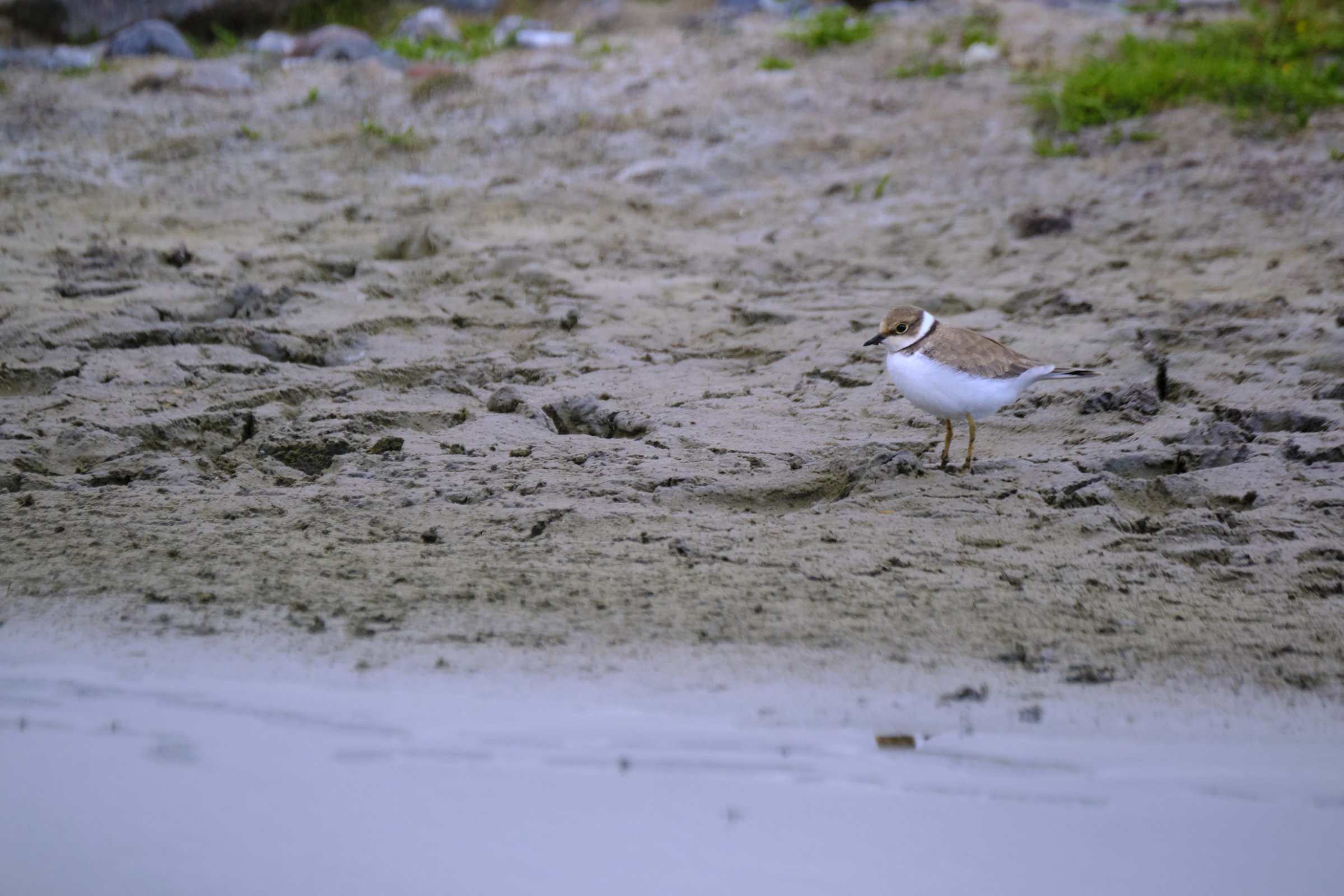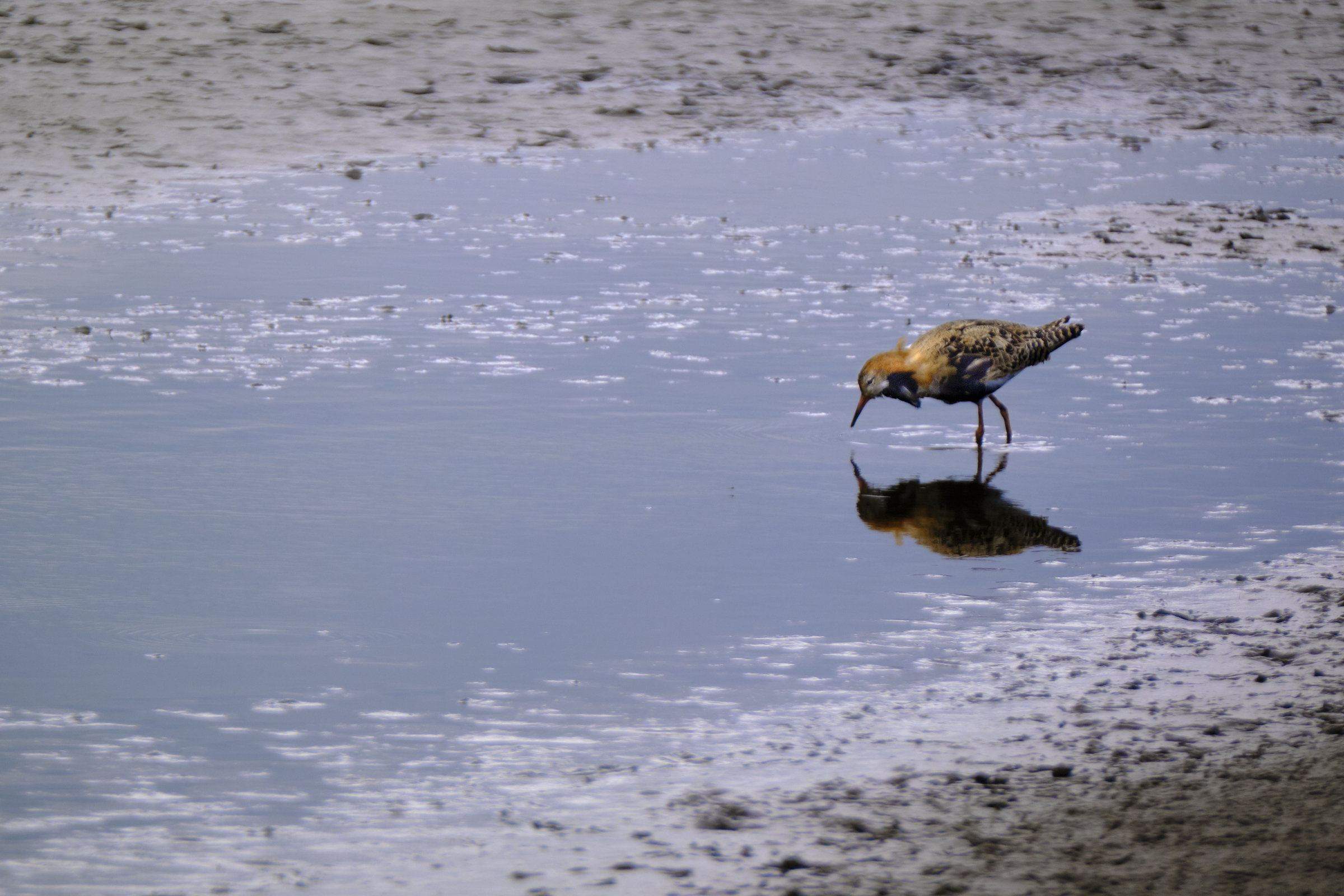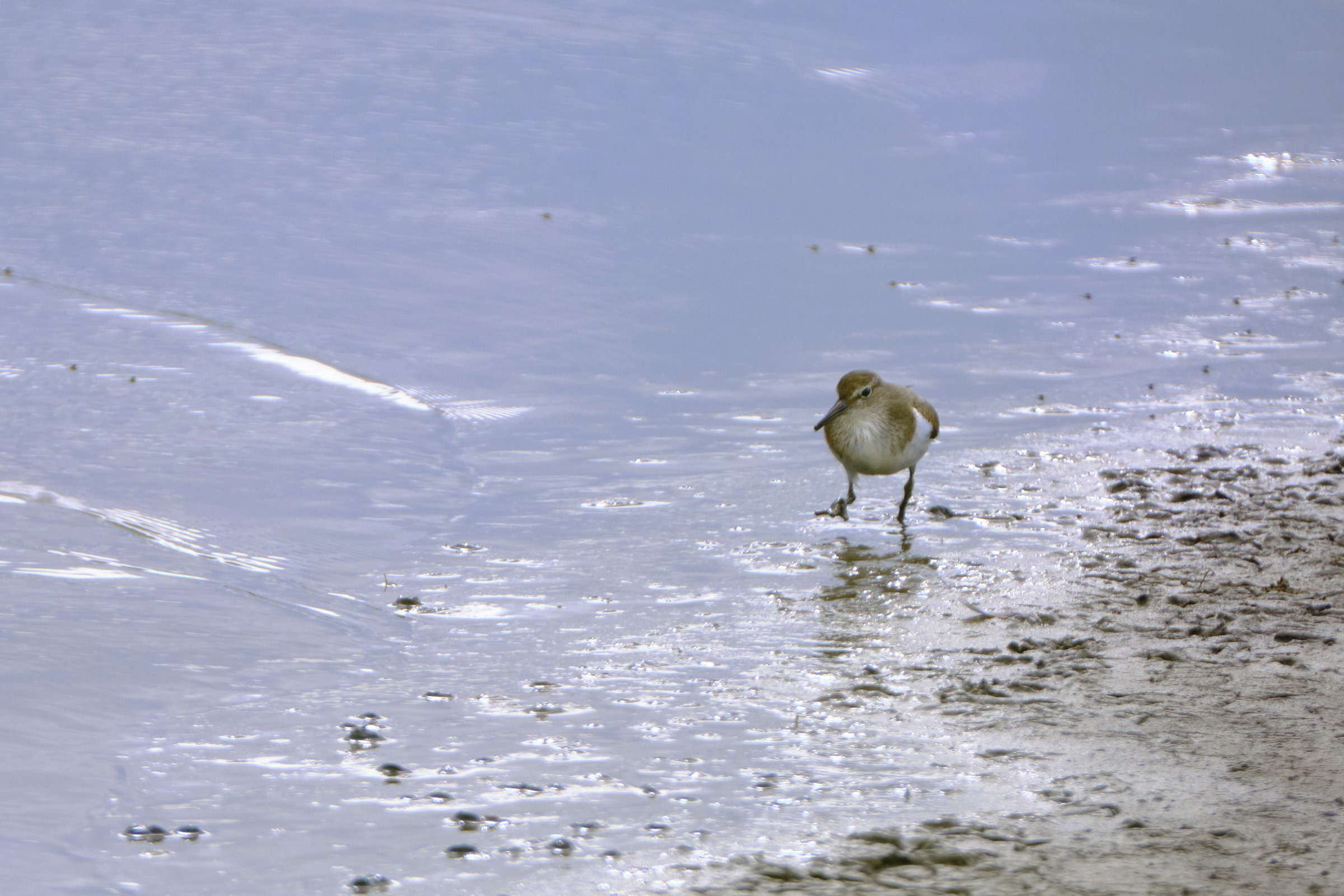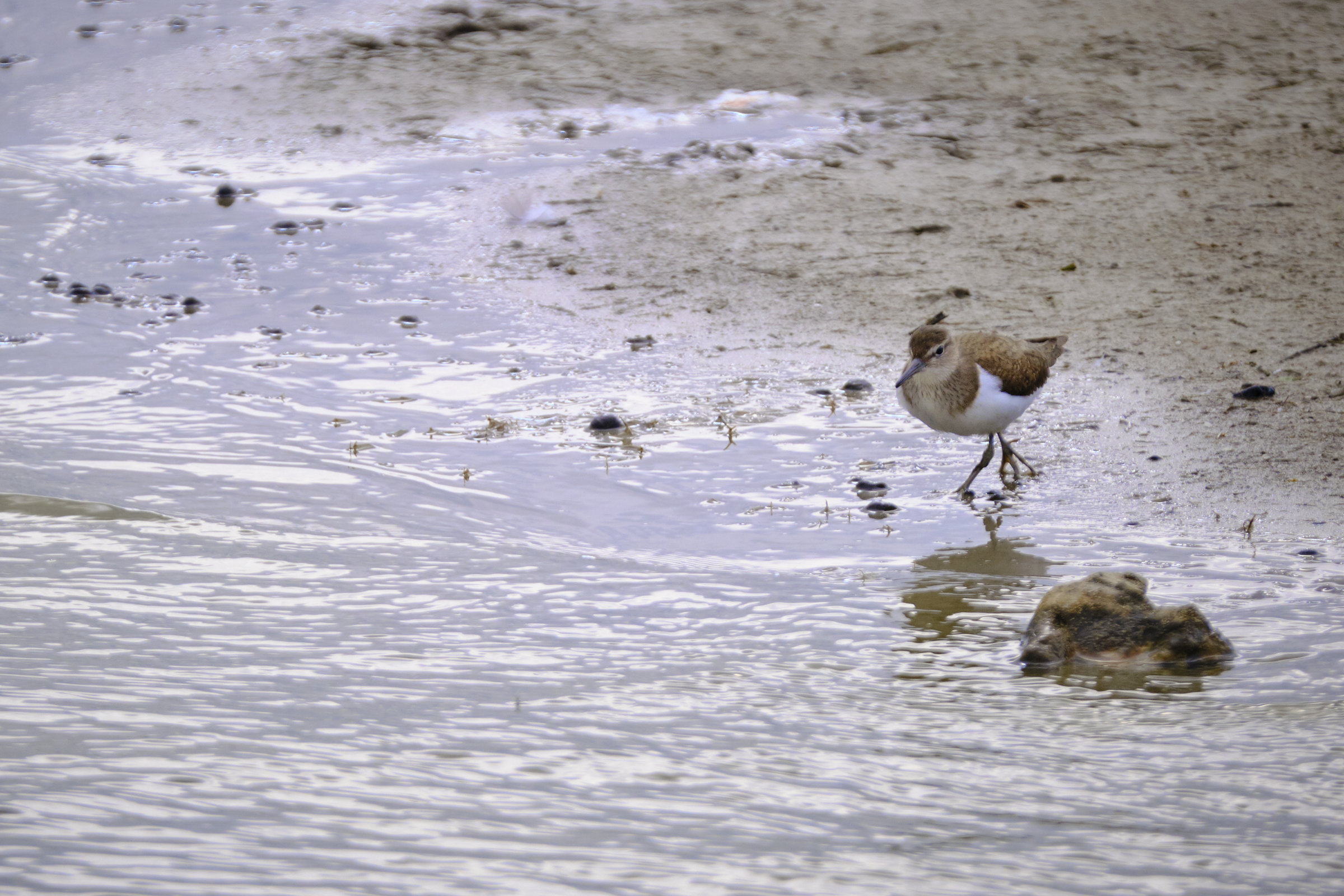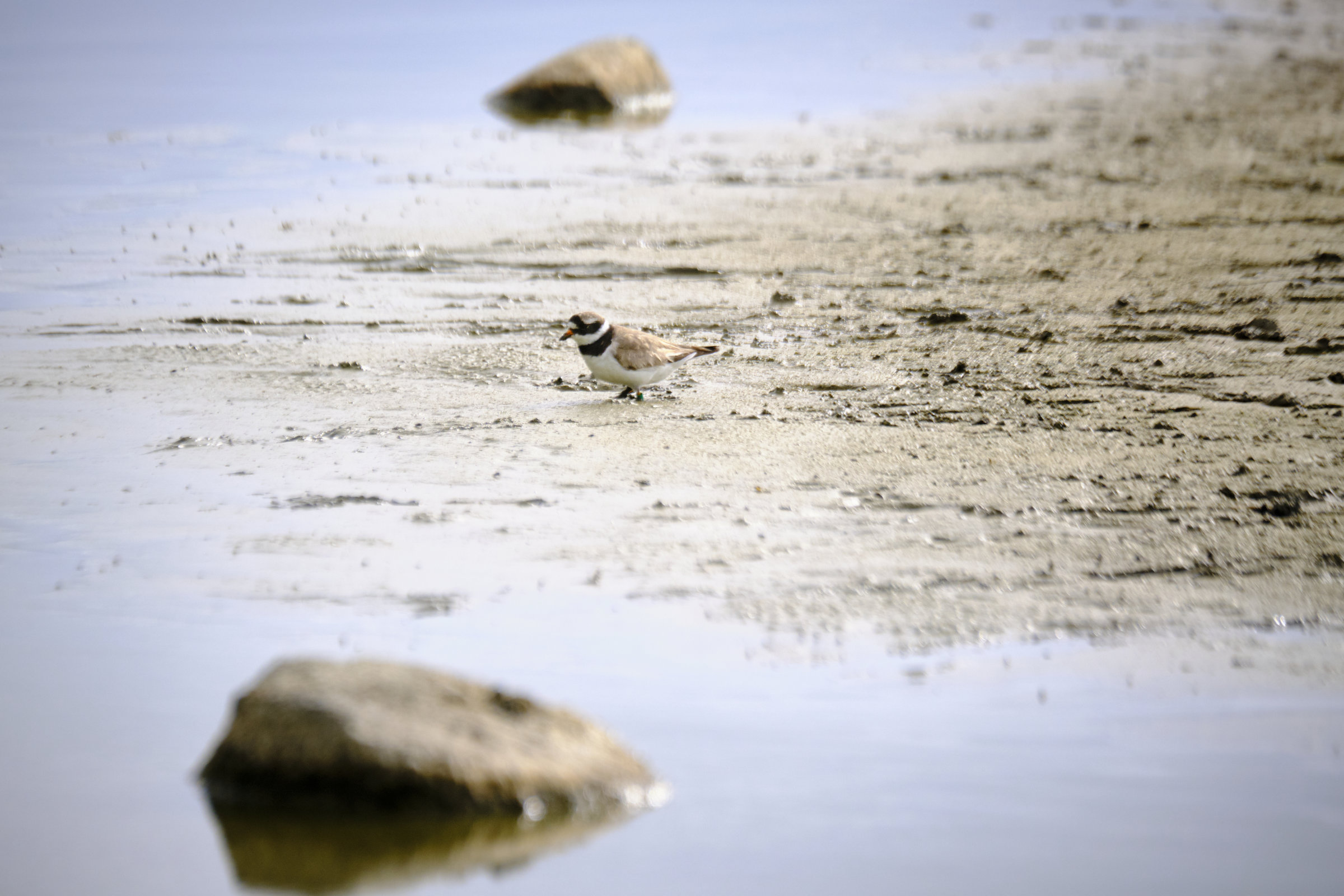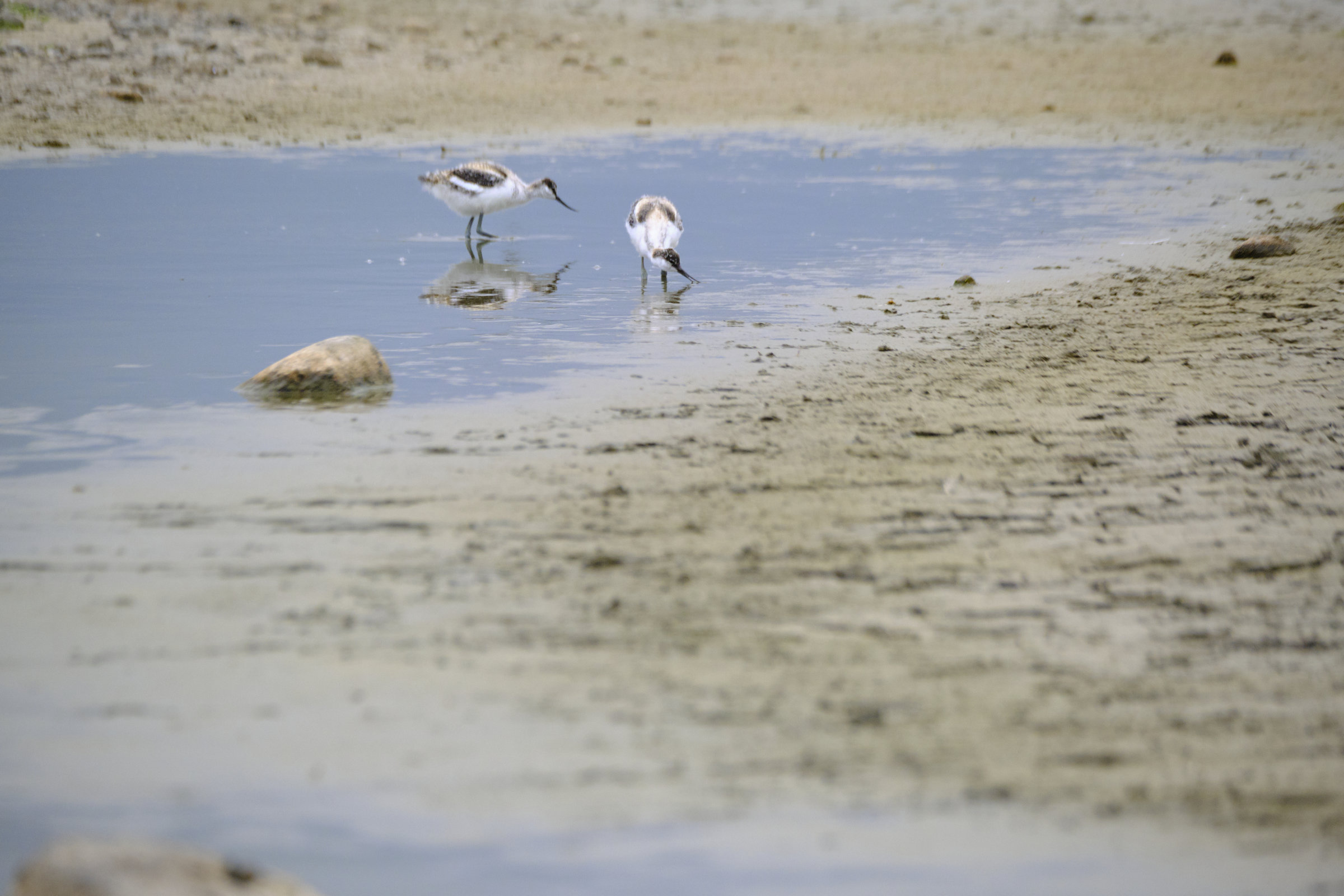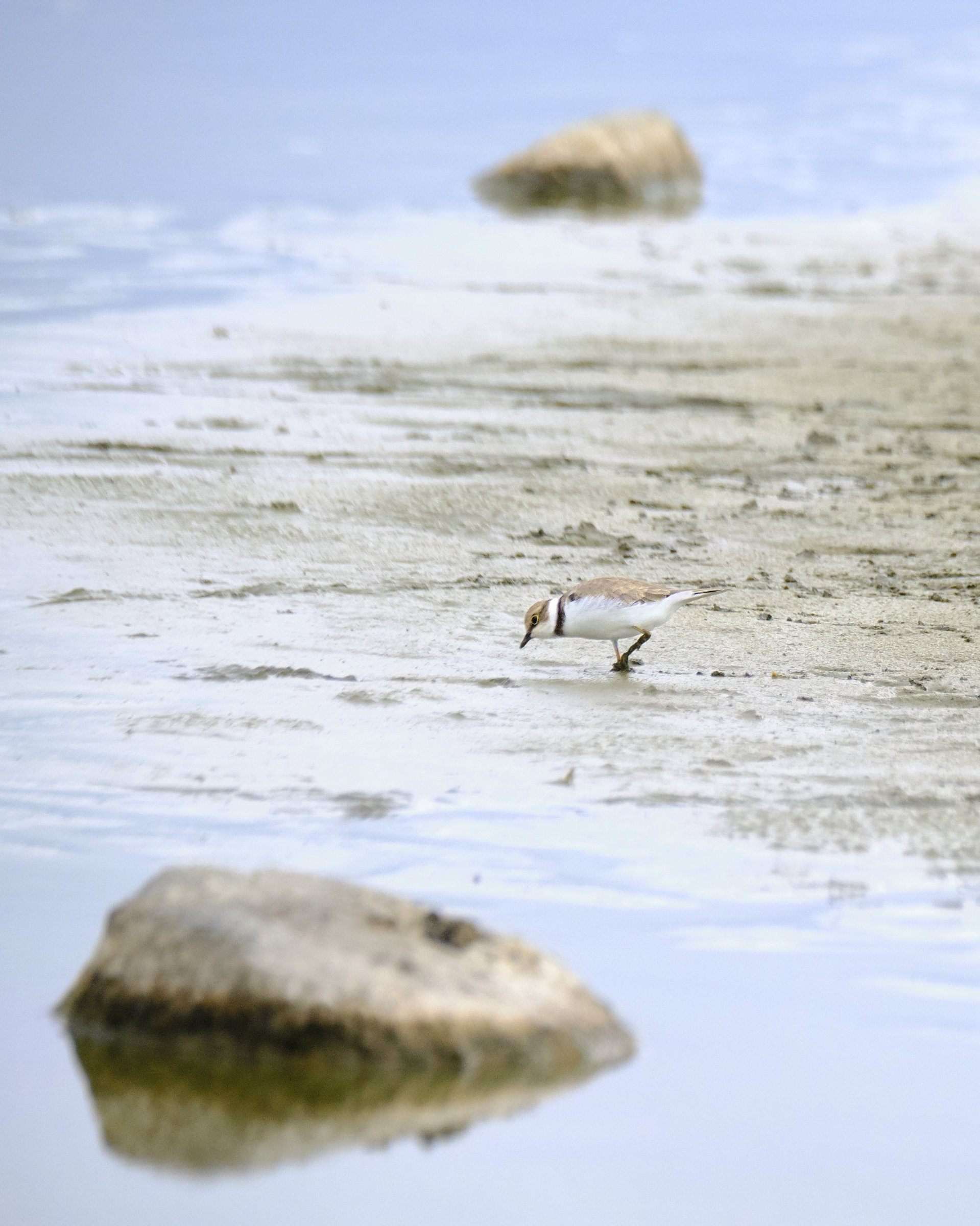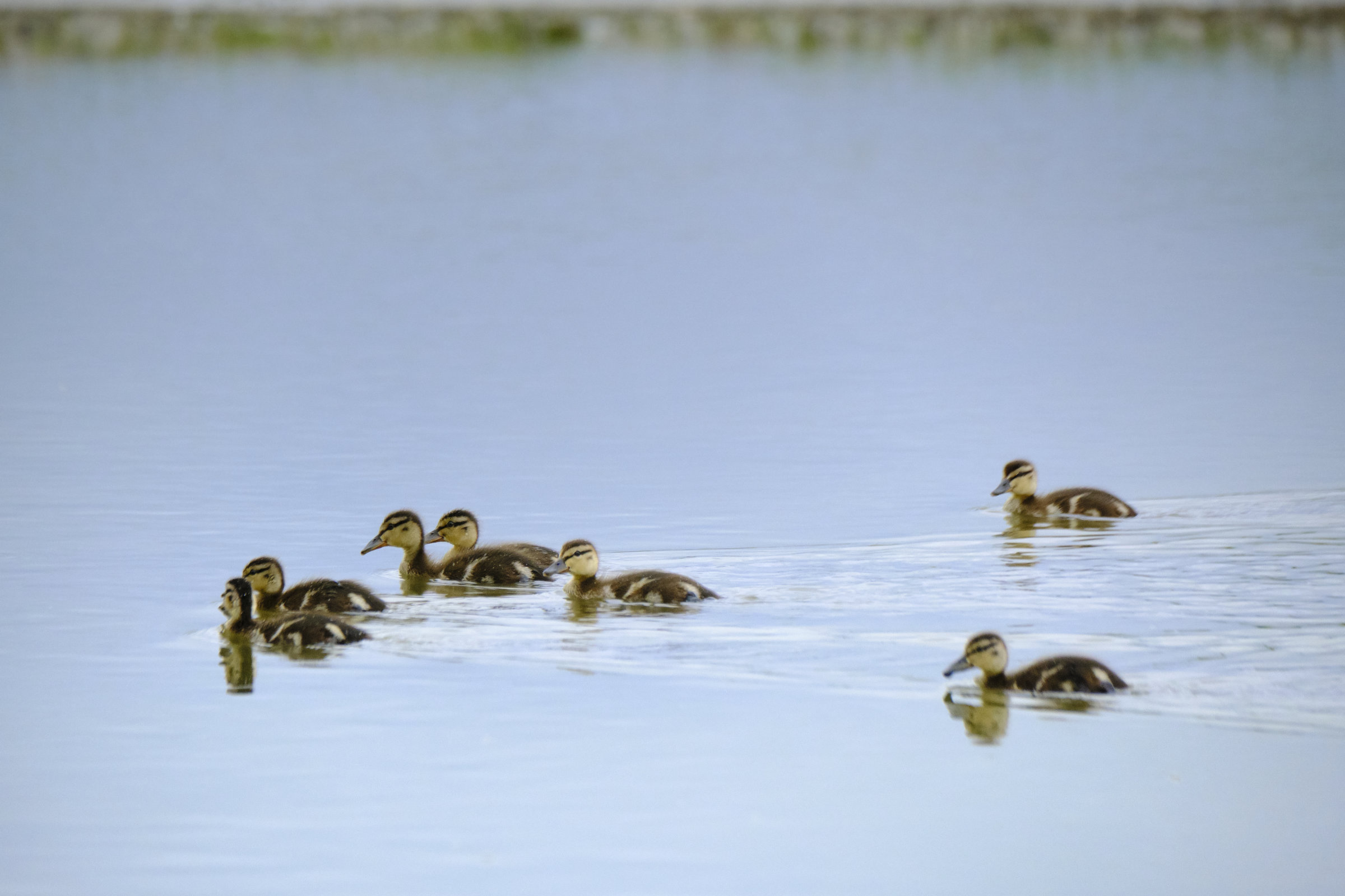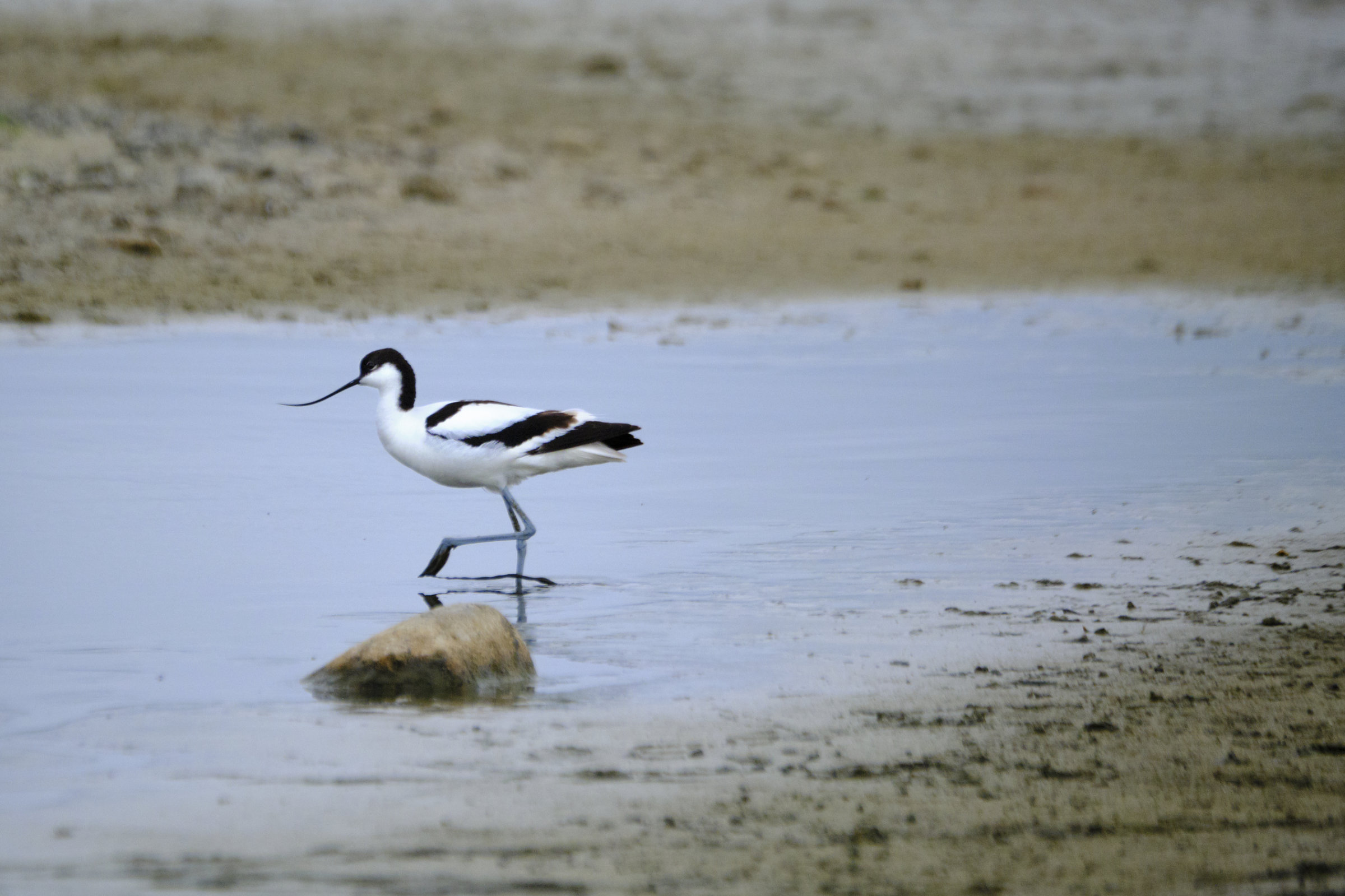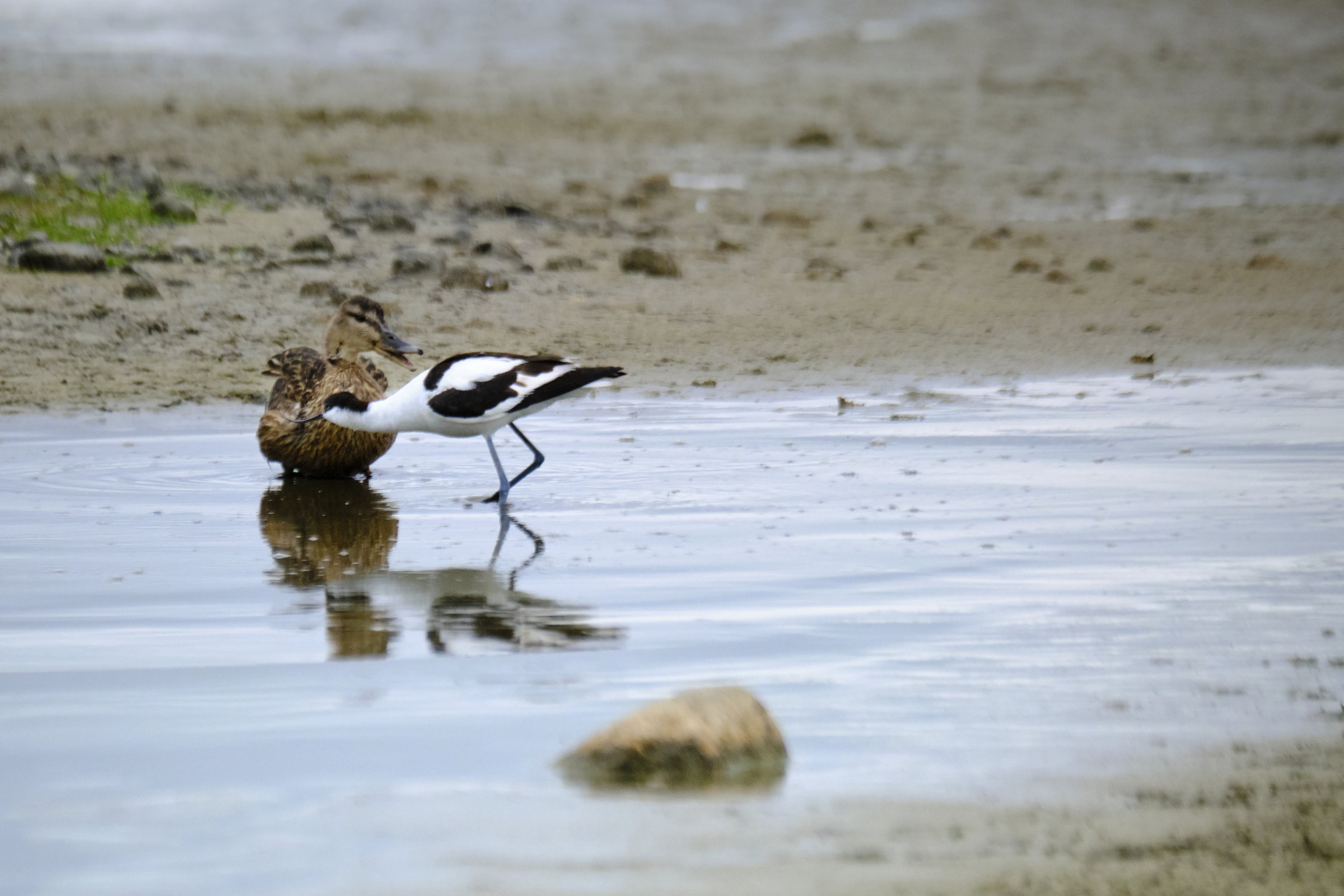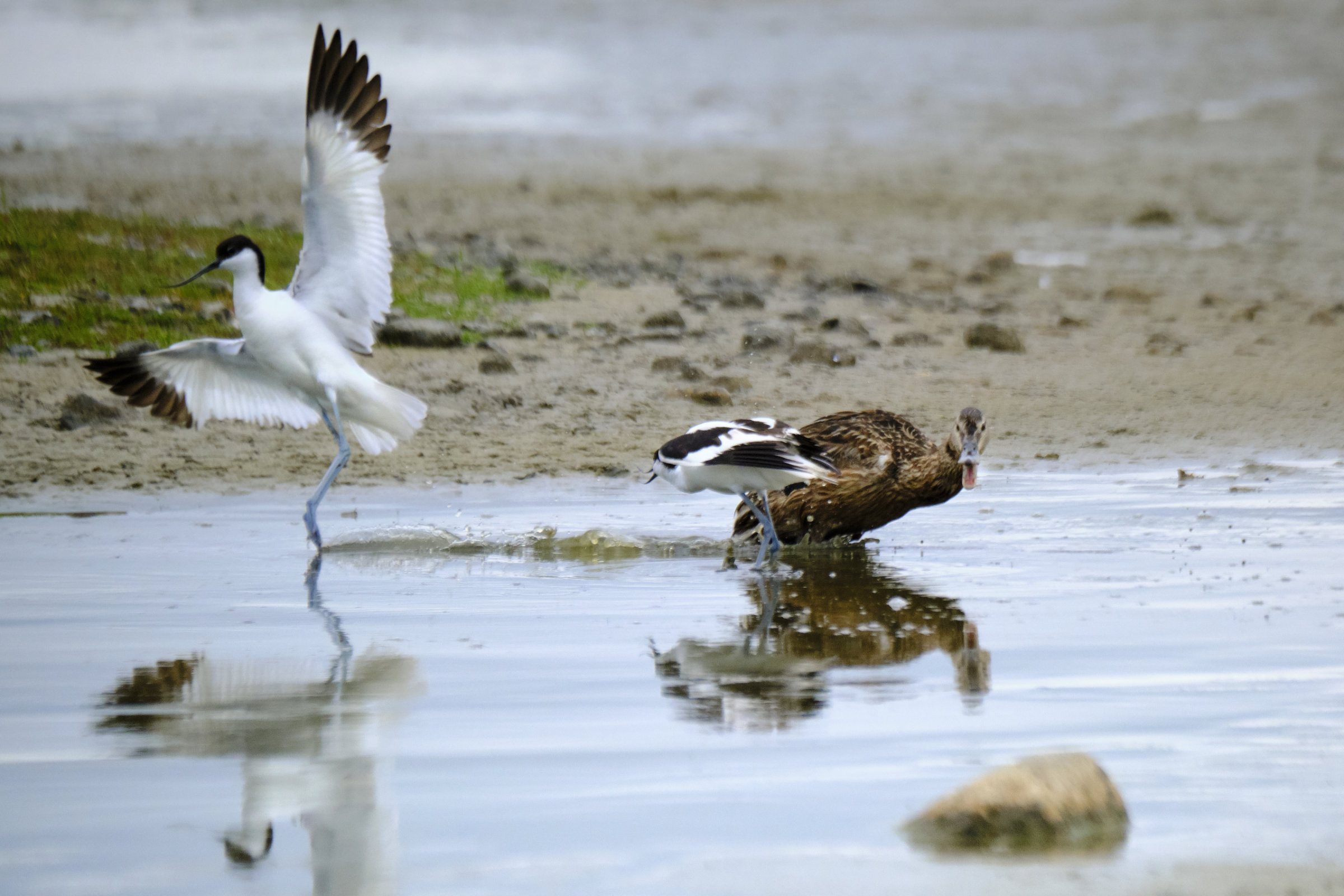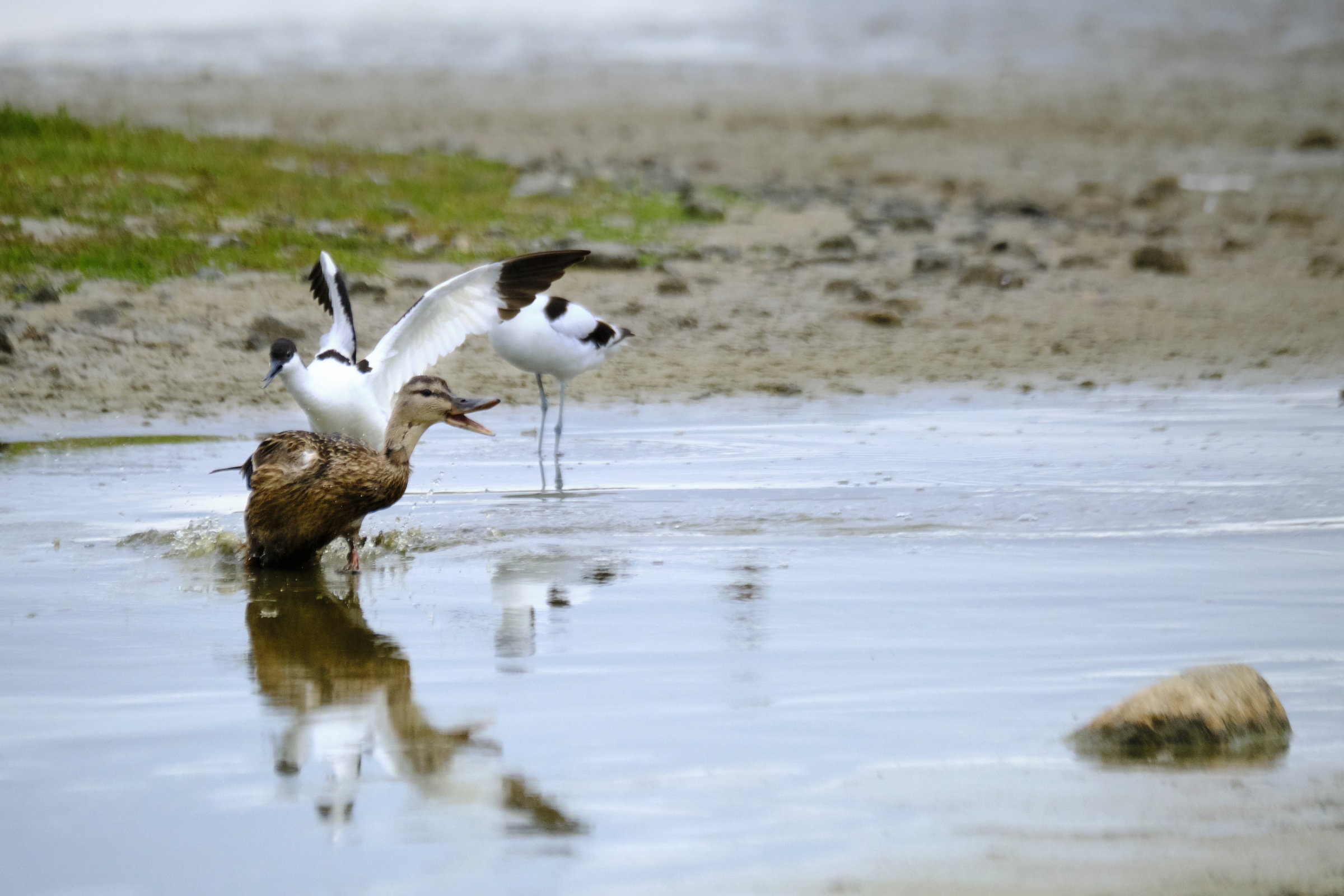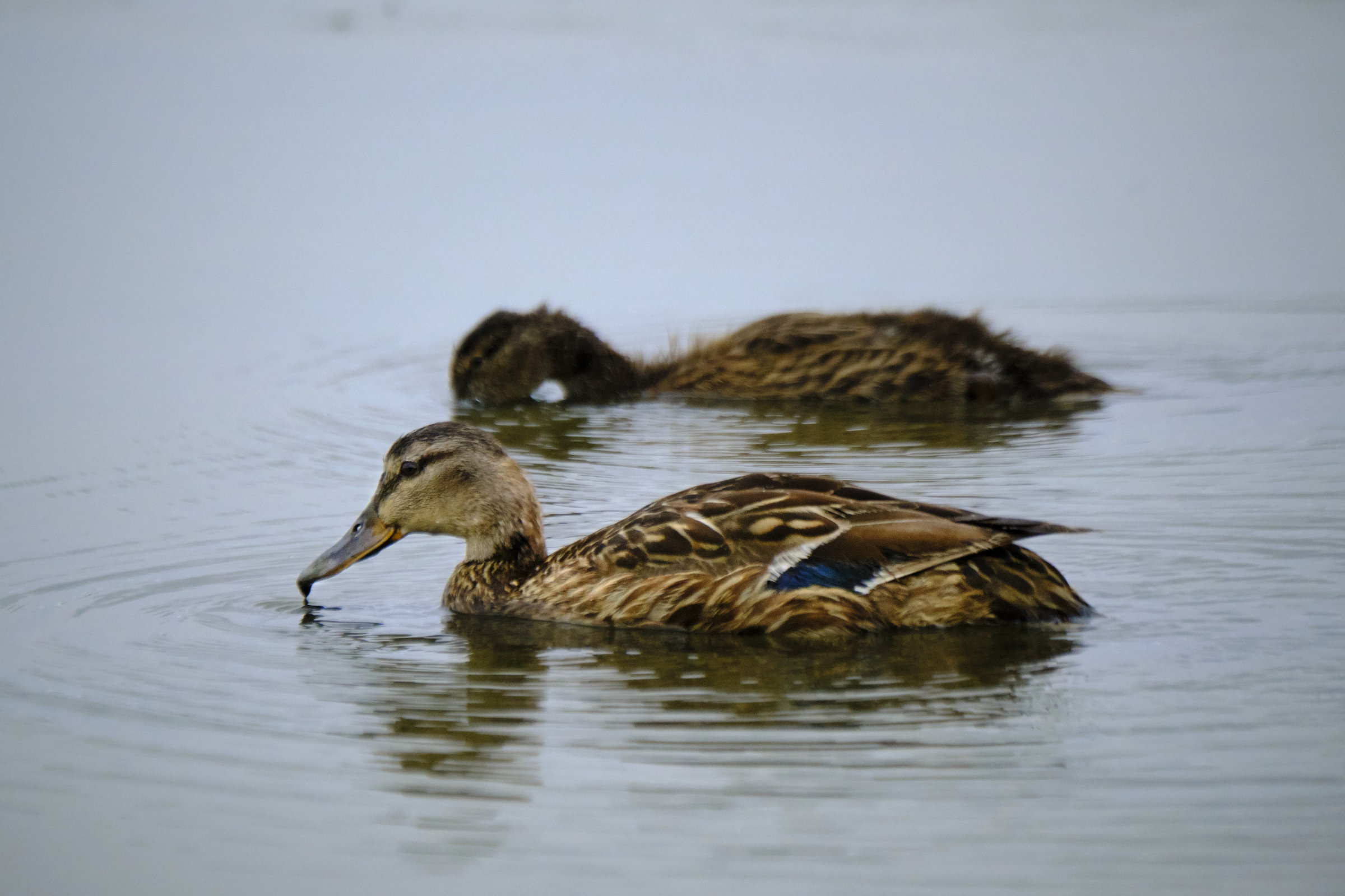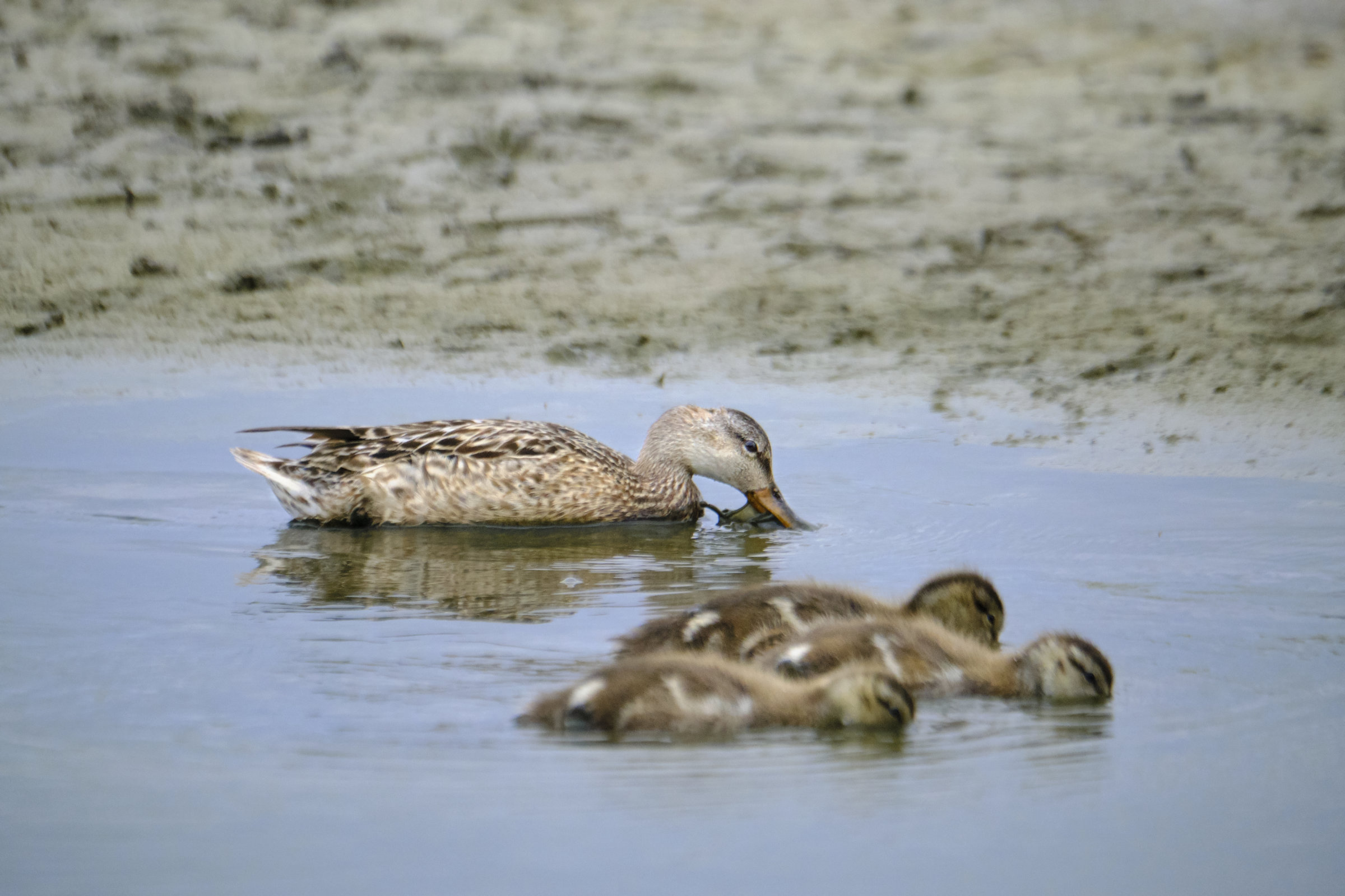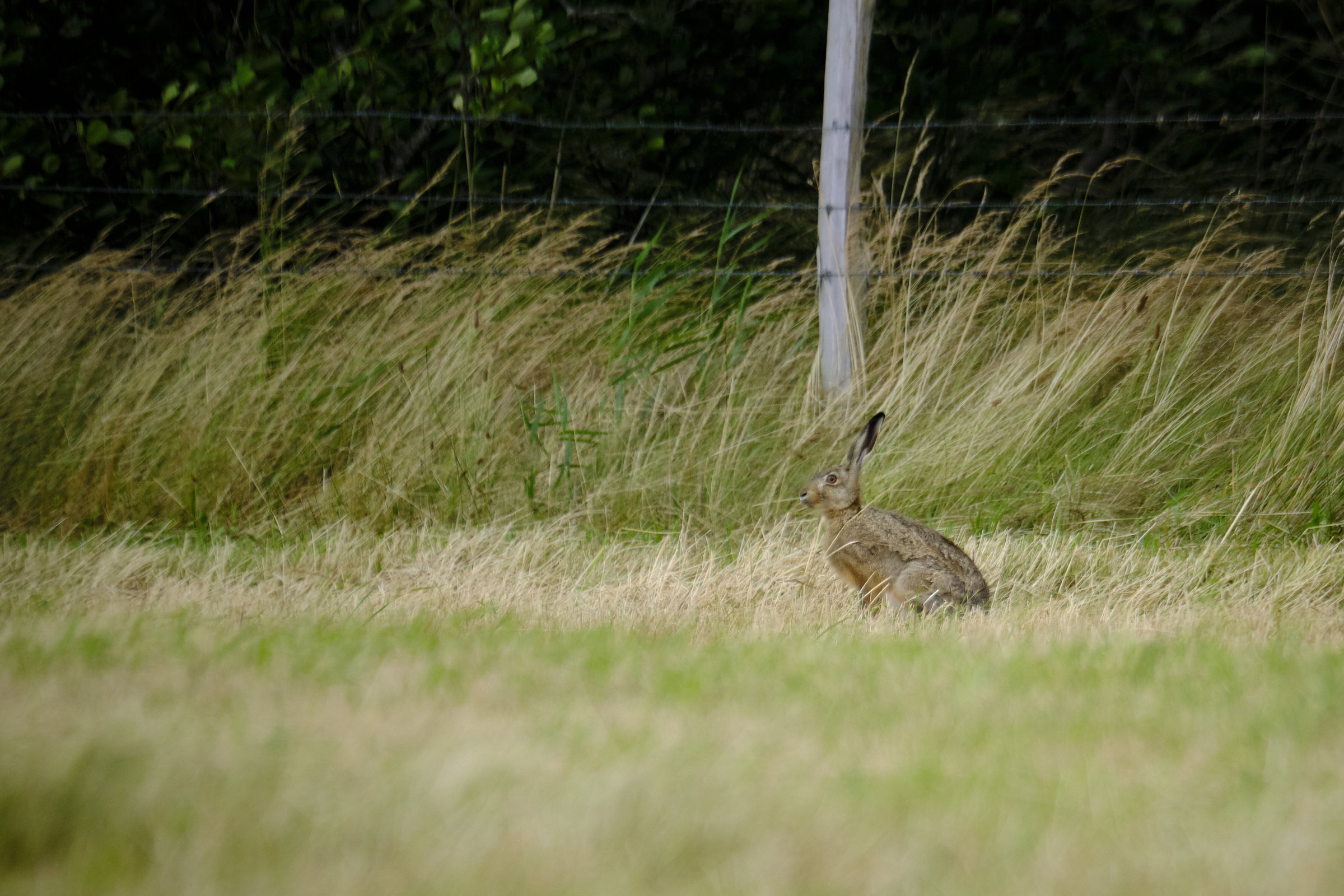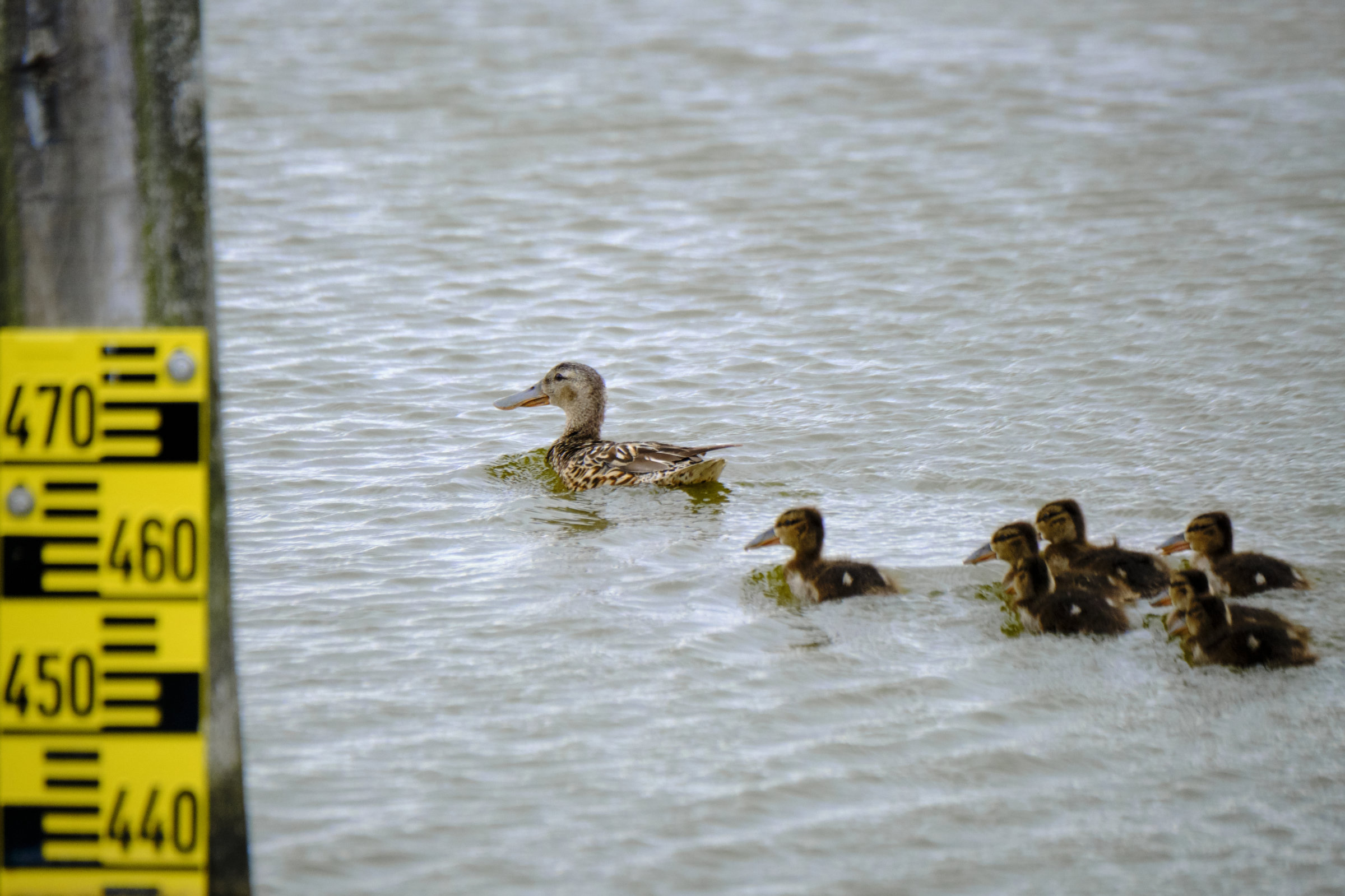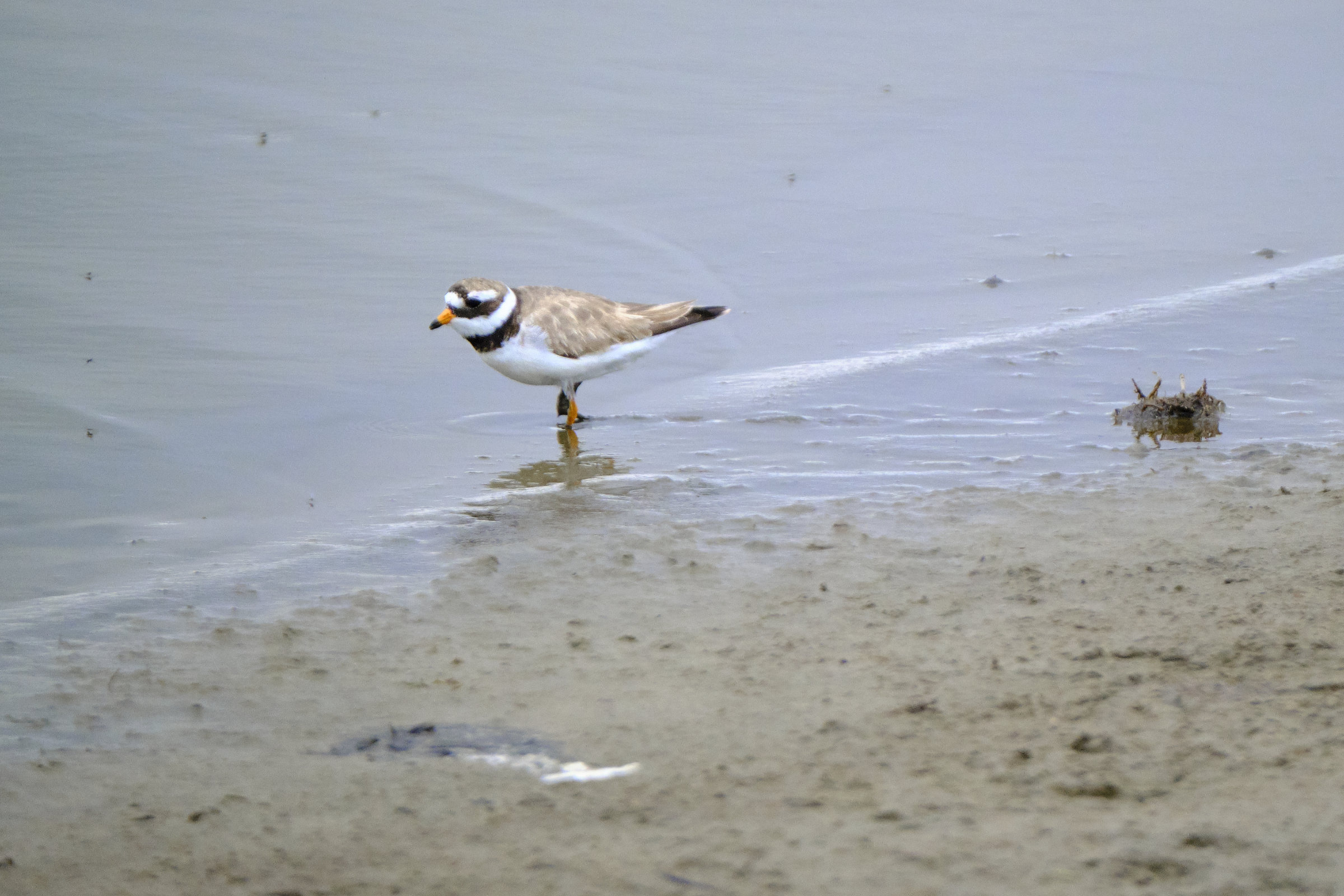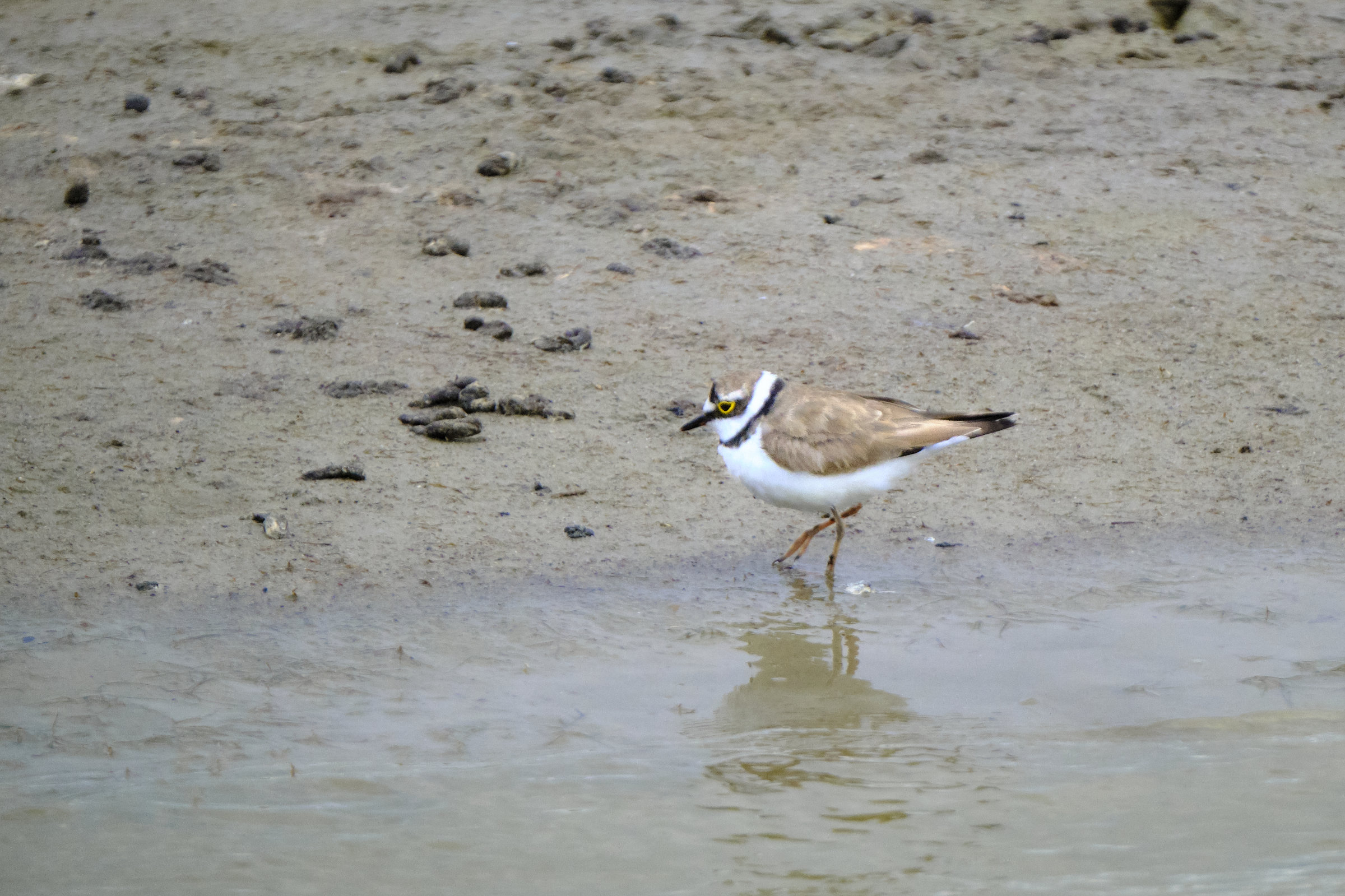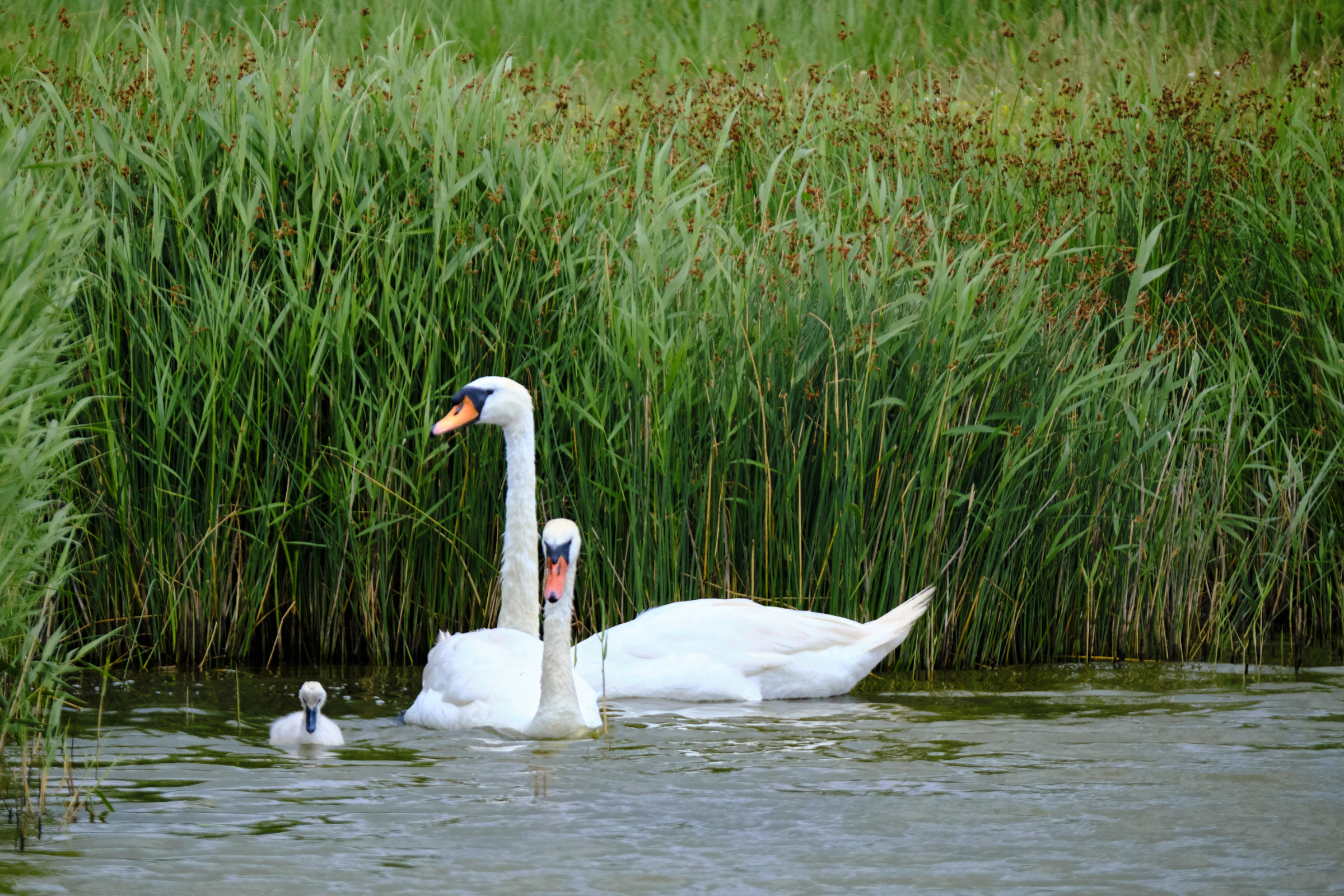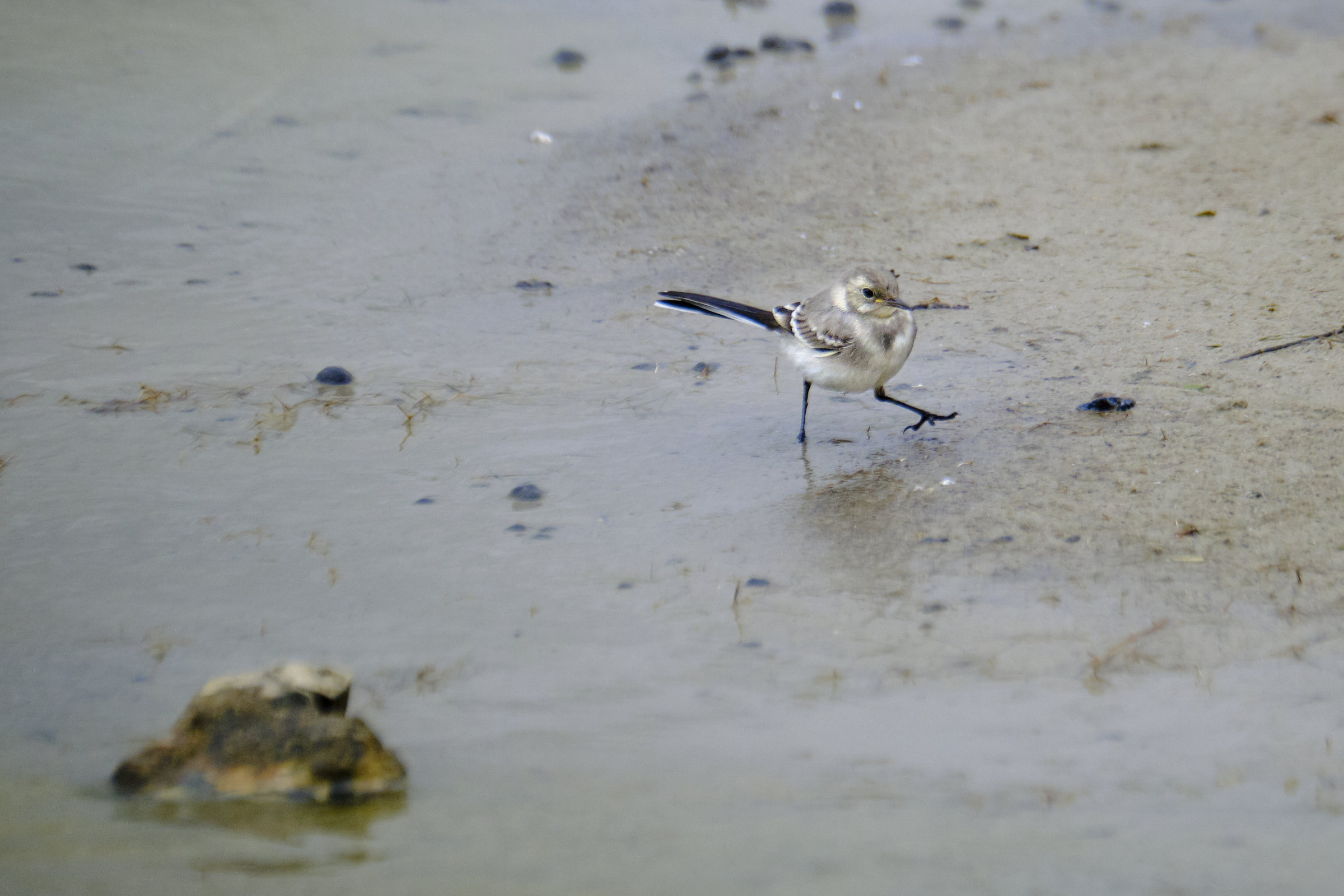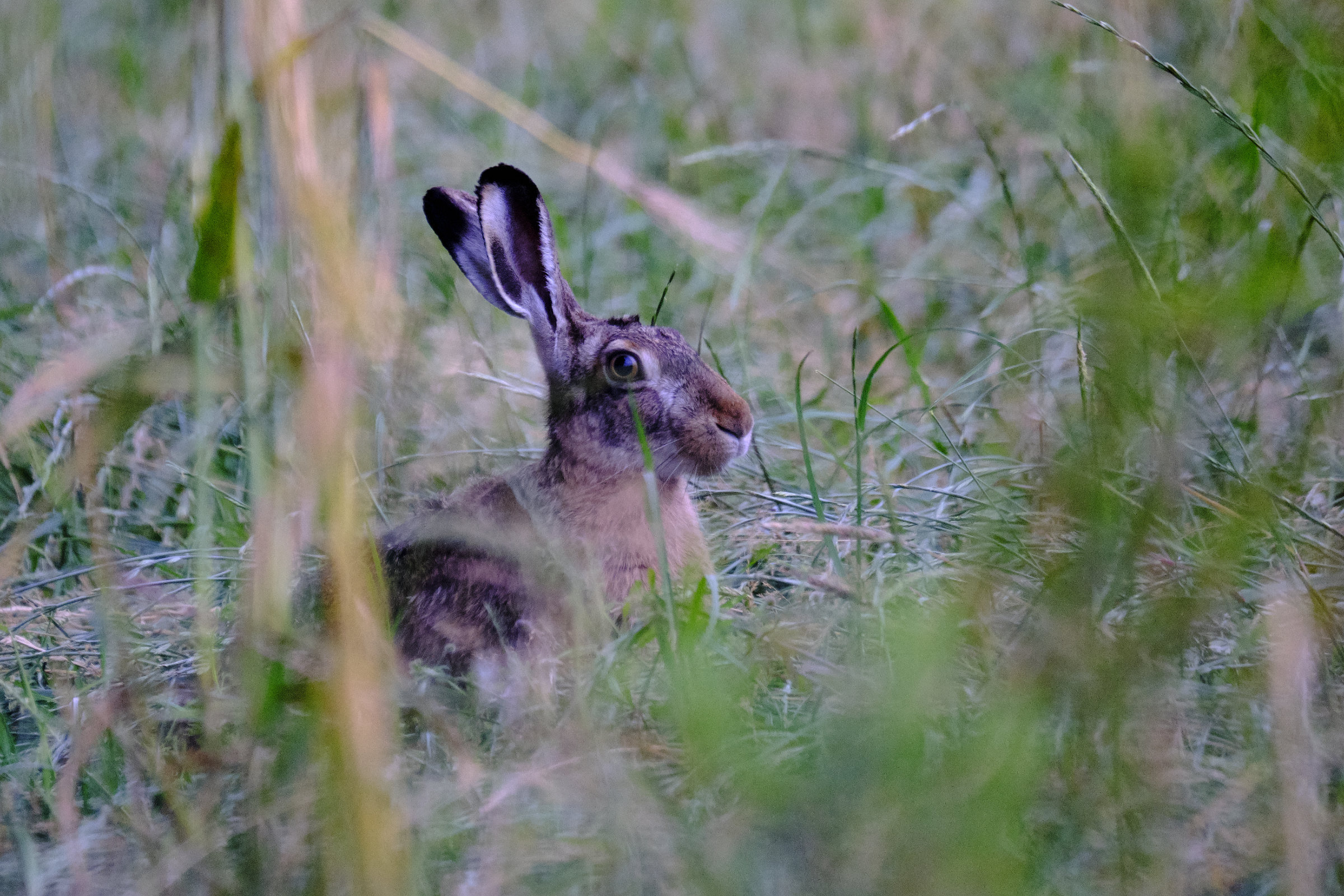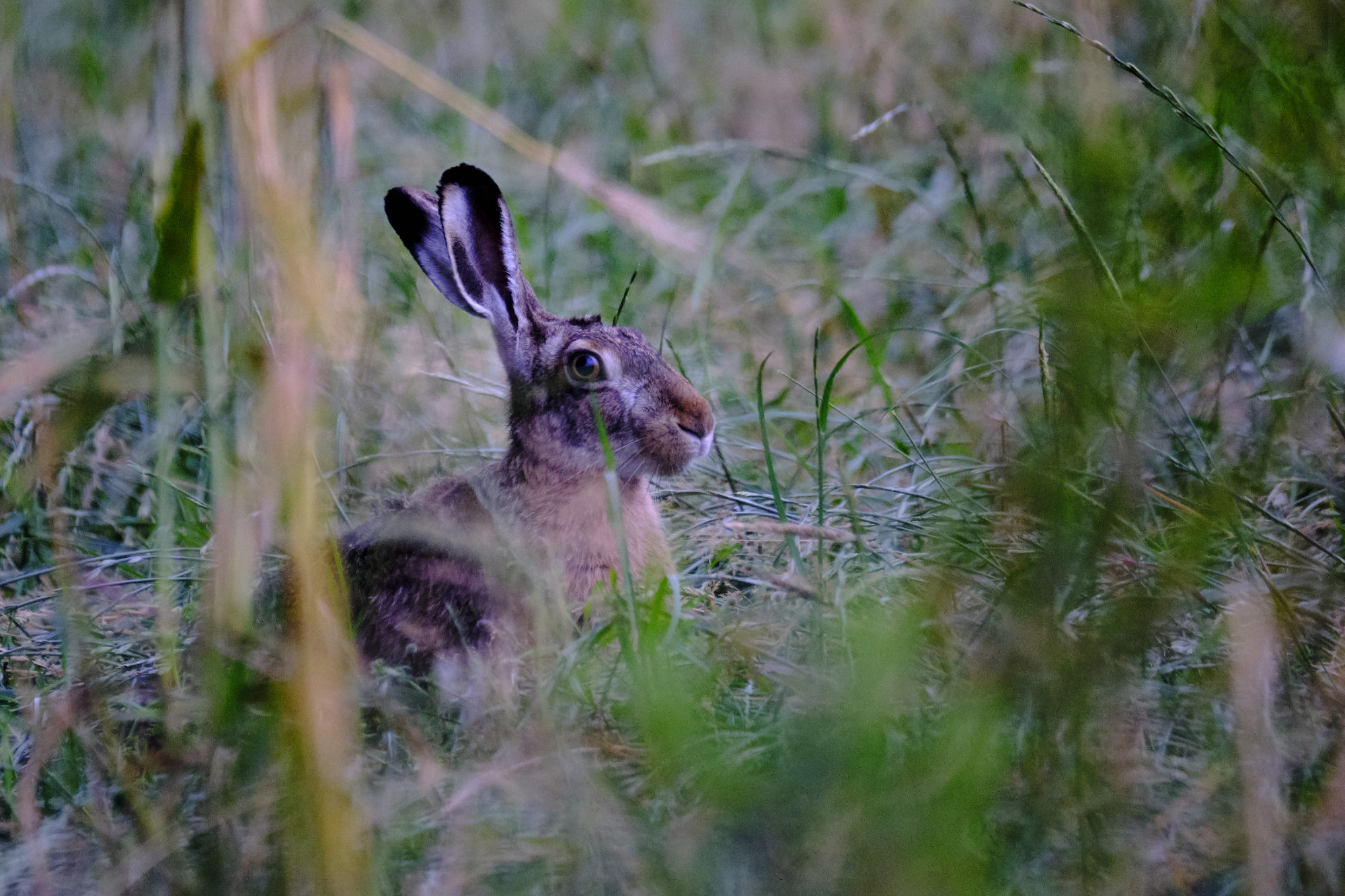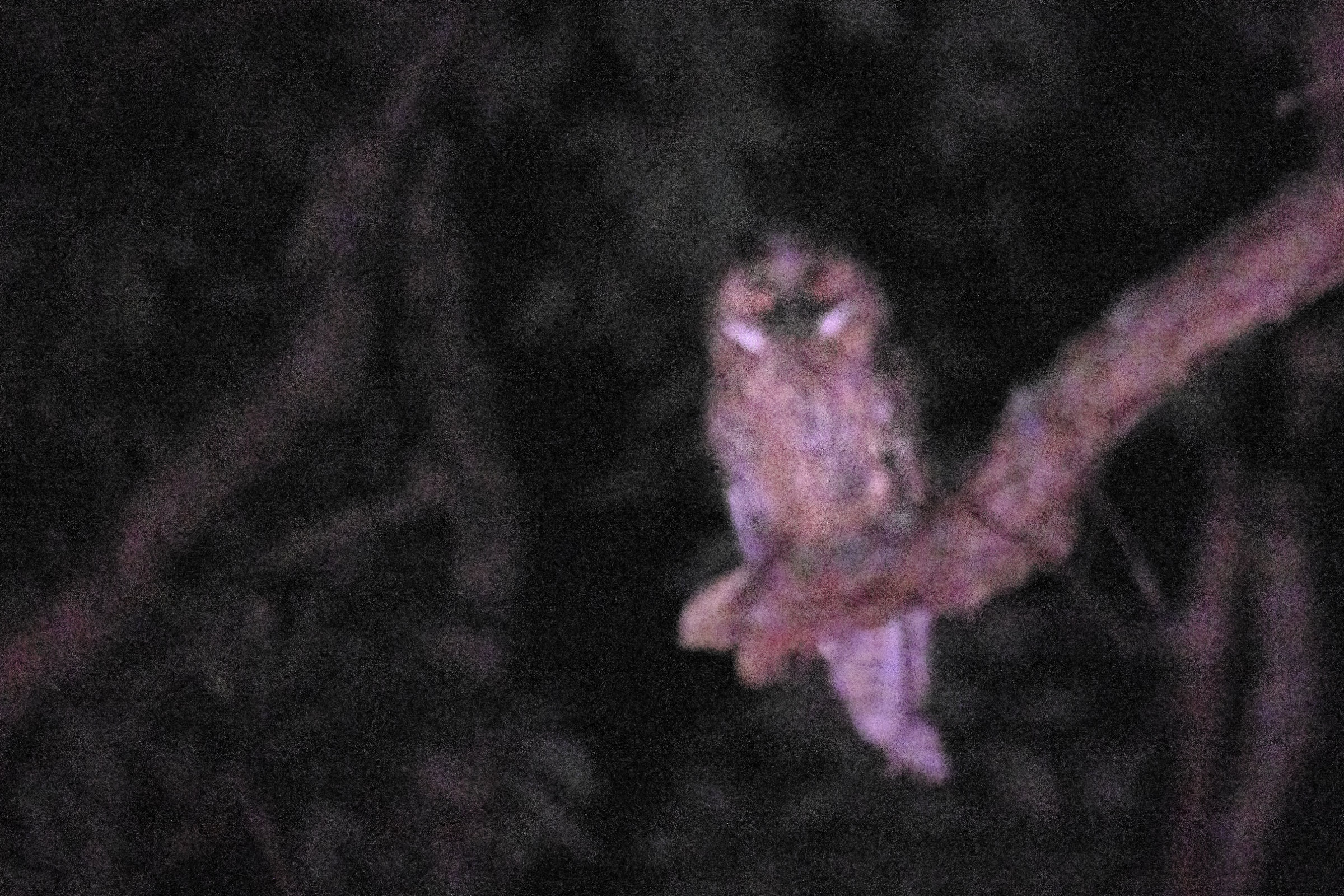A Bohemian waxwing taking off with its favorite food.
Seeing a bird for the first time is a special and thrilling feat for most birdwatchers and -enthusiasts. Back in January I had this very pleasure. Bohemian waxwings came in quite some numbers to Northern Germany. This isn’t too unusual and happens every few years. But since I am still a newbie in terms of birdwatching, I did not yet experience this occasion.
From the very beginning of my birding-thing, I was fascinated with some species in particular. First of all, there is my much beloved Raven - all kinds of Corvidae in fact. And I really have a fancy for the wonderful Spotted nutcrackers, Sanderlings and Common Ringed Plovers. Less originally though, I have always been fond of some of the the more colorful species since I acquired the great “Kosmos Vogelführer” - such as the Atlantic puffin, the Great kingfisher, the Bluethroat and of course the Bohemian Waxwing. Scandinavia-lover who I am, those Waxwings had a head start into my heart and the fact that one of my most appreciated wildlife photographers, Markus Varesvuo from Finland, often shared waxwing images helped with my fascination.
“When word spread that Waxwings were here, I became a little thrilled.”
I had to wait until this year to see it. When word spread with the local ornithologists that Waxwings were here, I became a little thrilled. I went out with my trusted binoculars, but without success on the first outing. Since they usually feast on Mistletoes, Rowan-berries and Common snowball I kept my good mood and was sincere to find it. One day later a large flock has been reported at a local camping site - easily accessible via car. What happened next was an unpleasant surprise. Loads of birdlovers and -photographers swarmed the place. All well equipped with hiking boots and trousers and heavy packs and what not - right within the city. More annoyingly they behaved as if this was there place, coursing the campers for scaring off the birds, getting in the way of everyone, noising and being way too full of themselves.
What was missing was the waxwings - smart little birds they are. I decided that this was not my place and went for a long stroll around a nearby lake, breathed deeply and forgot all the annoyance, came back - all those Waxwing-hunters had been gone, sat down and waited for ten minutes or so and was rewarded with a flock of 37 birds: noising and brawling and enjoying the Snowball berries. The light was wonderfully subdued. Short: I couldn’t have been more lucky.
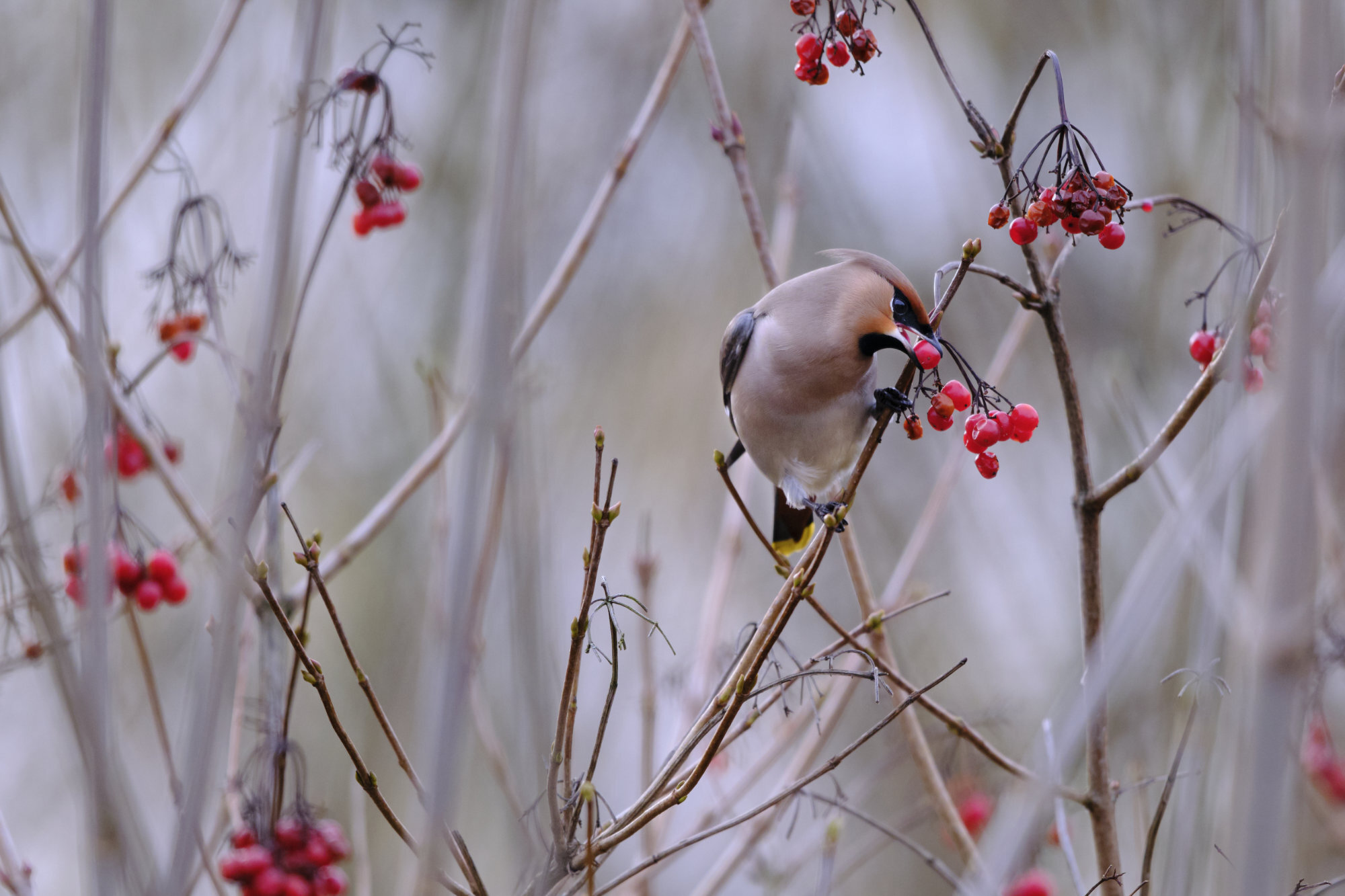
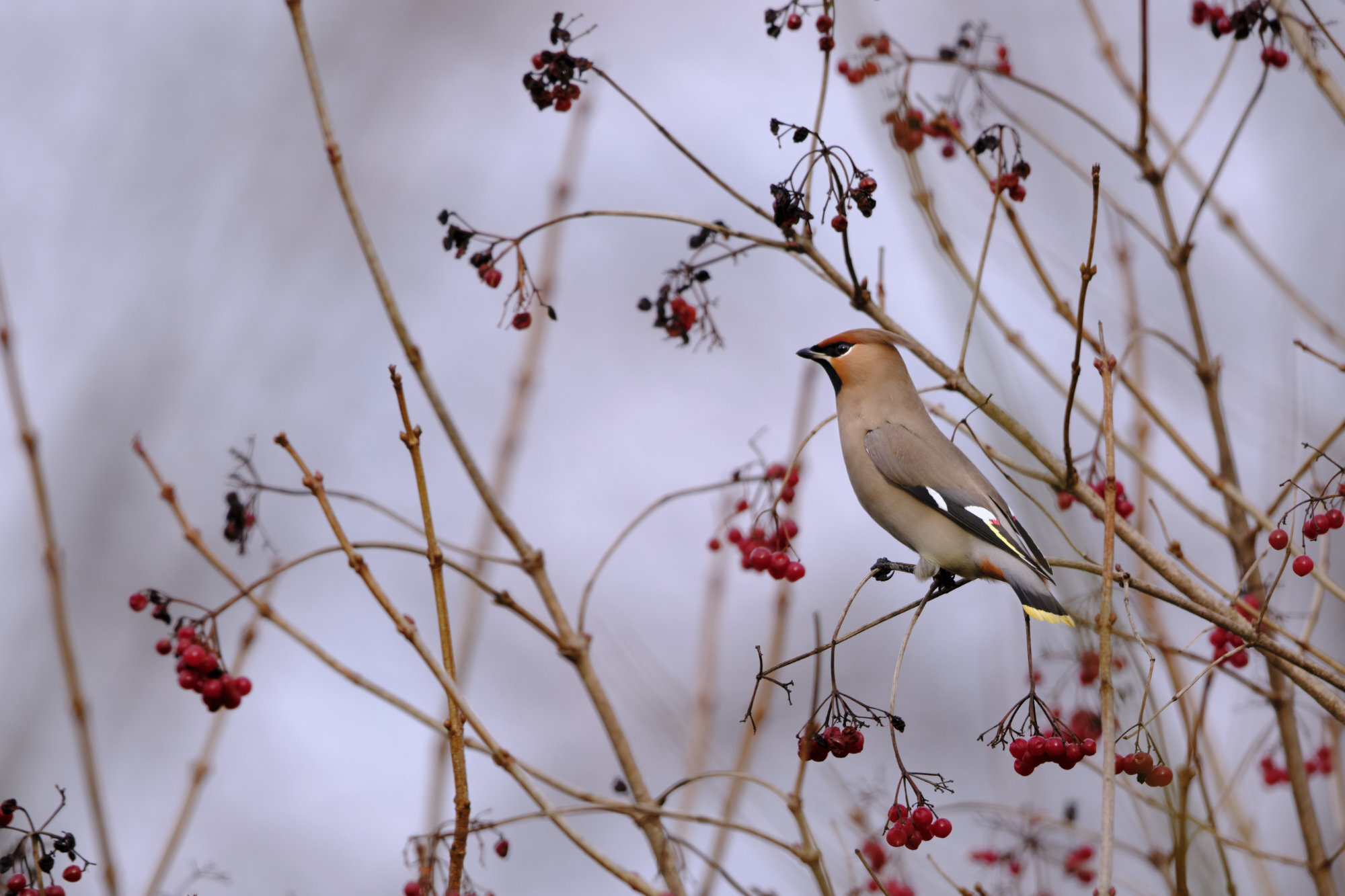
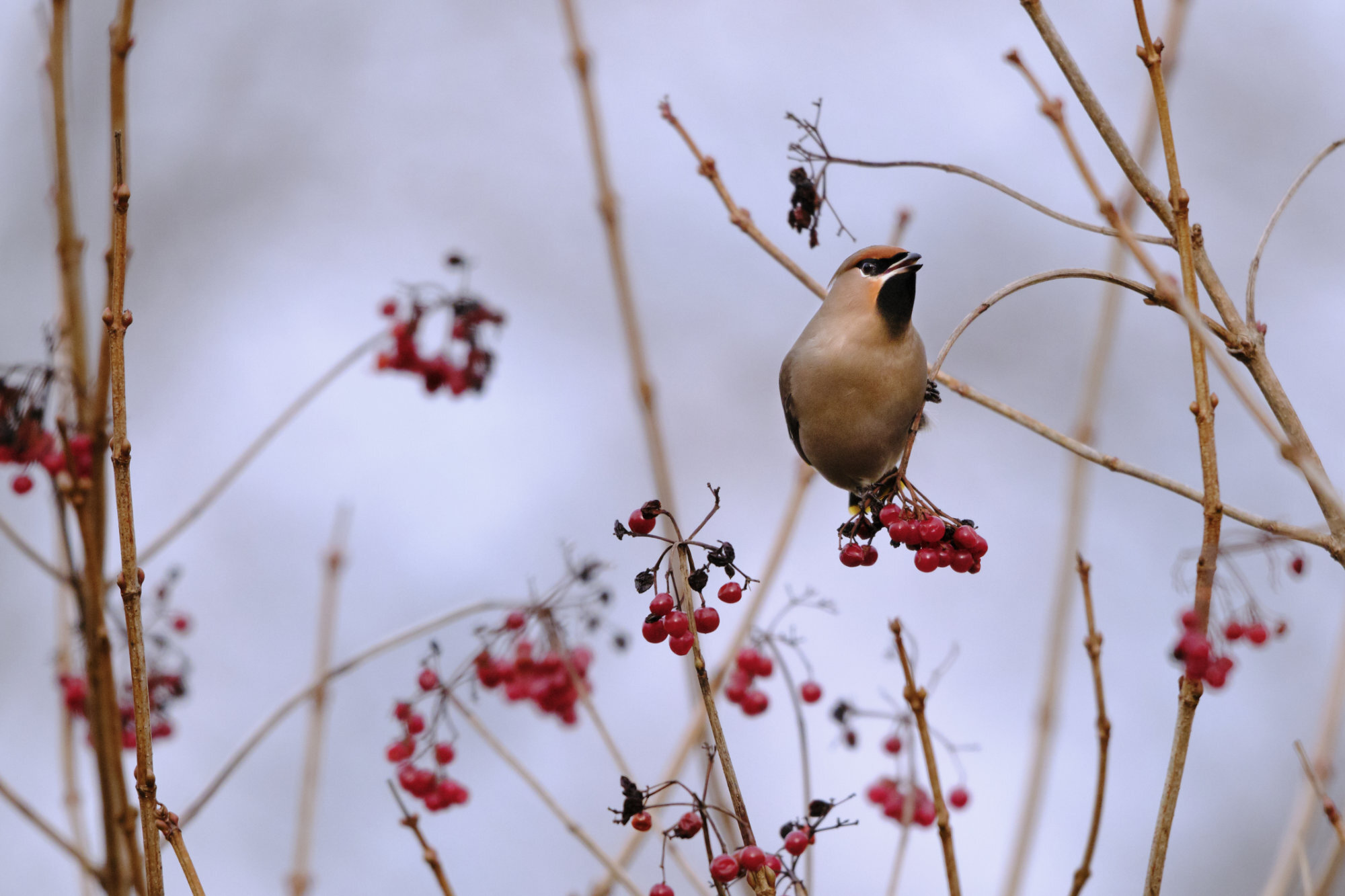
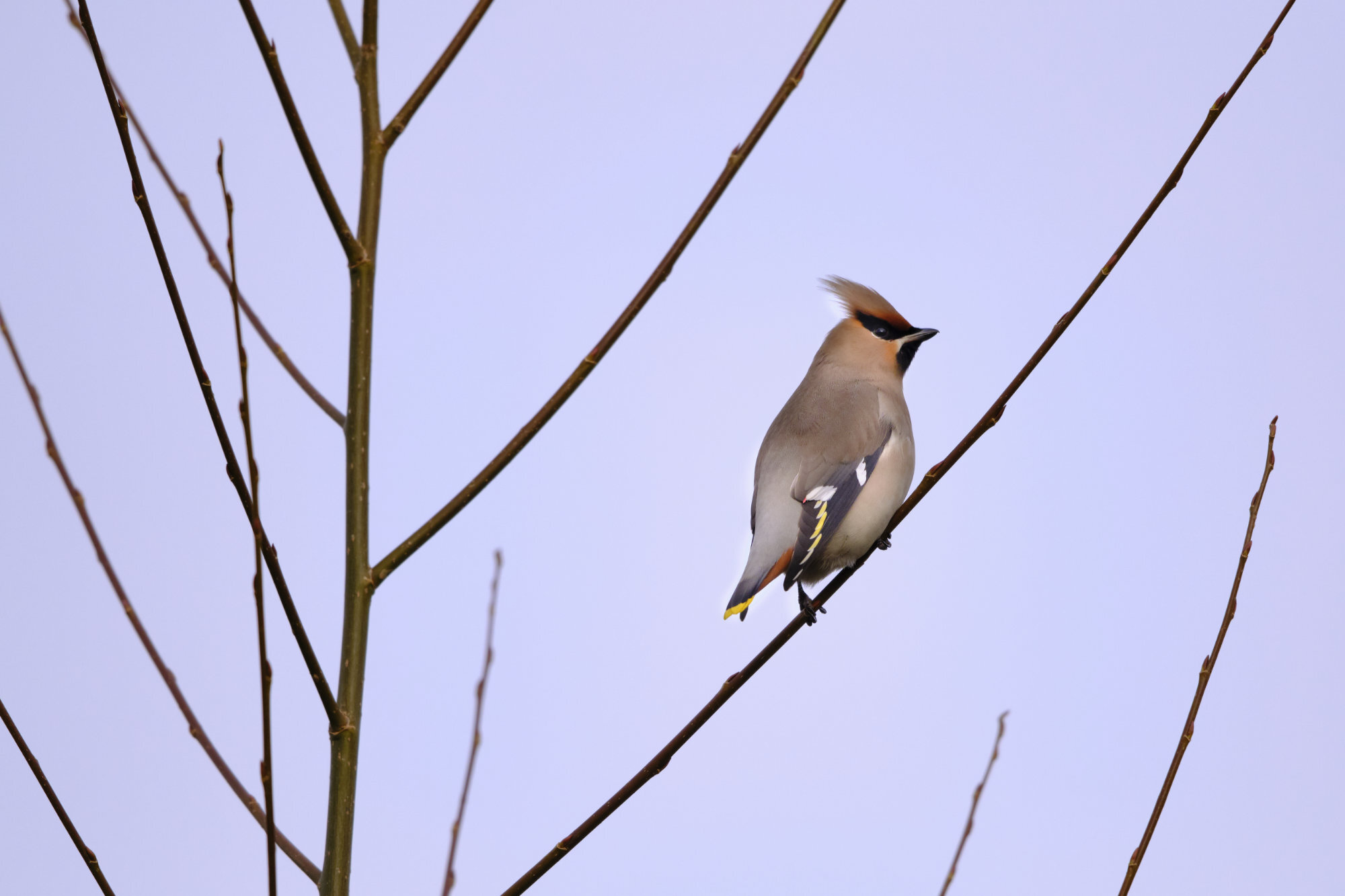
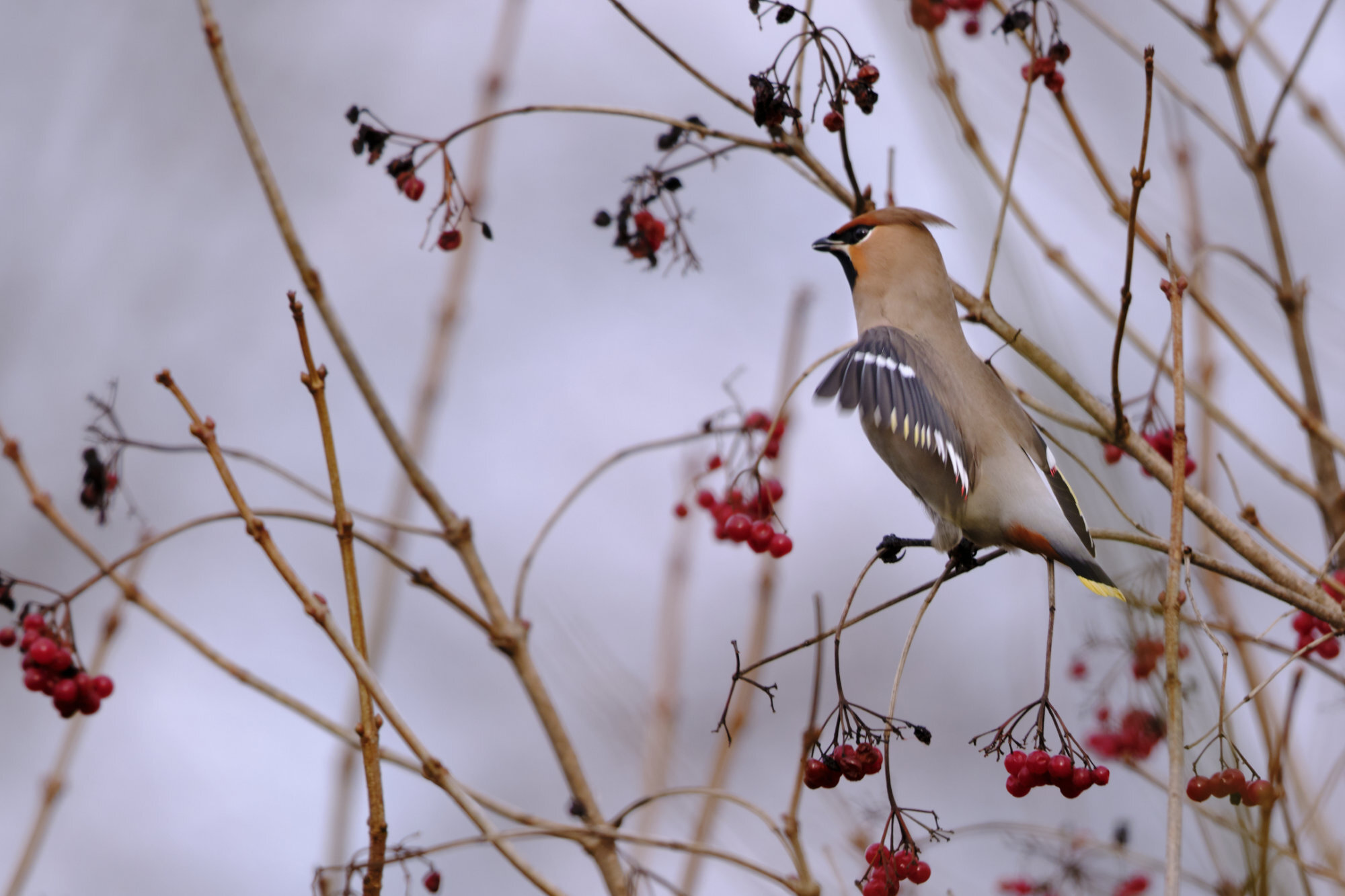
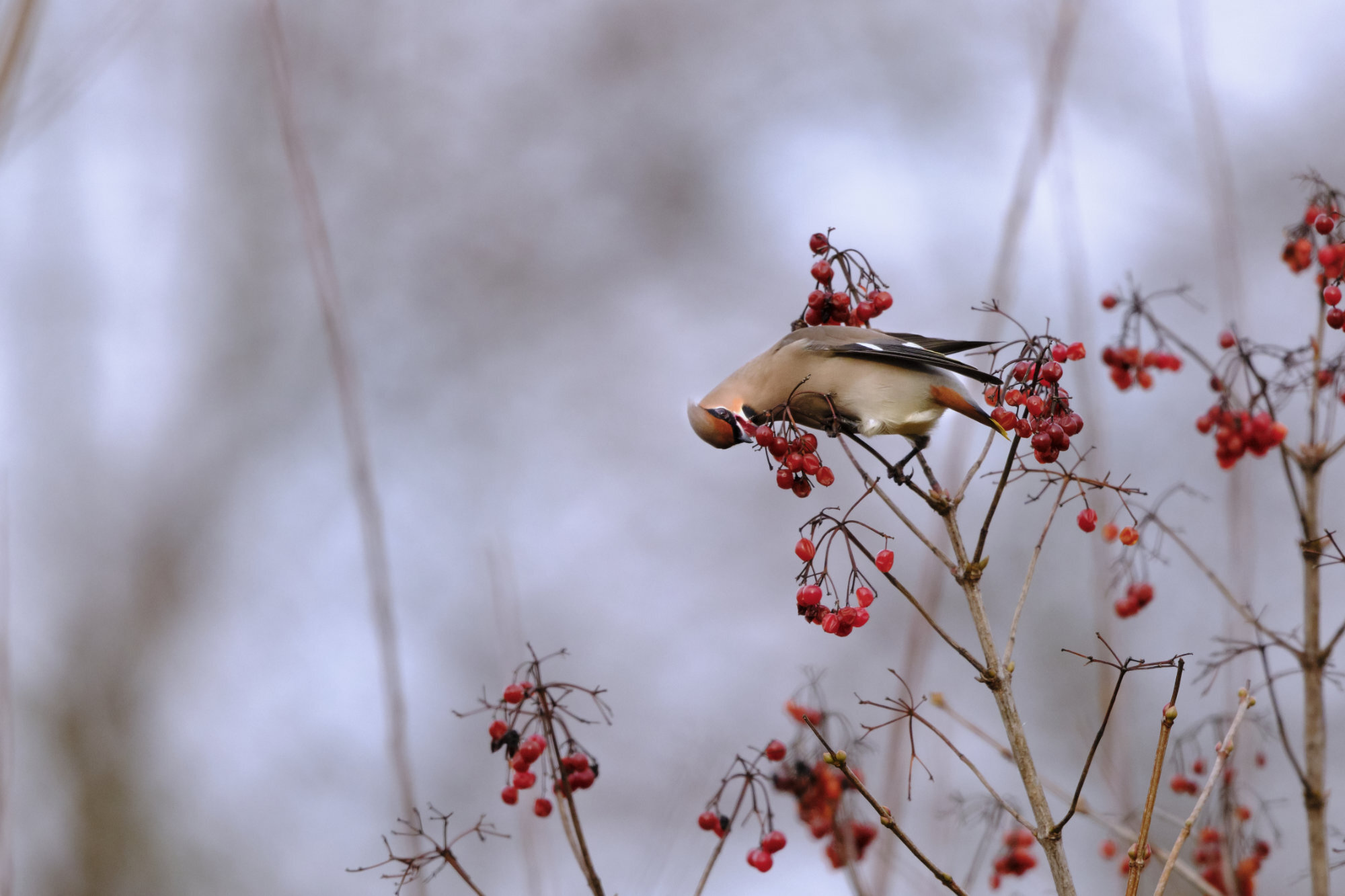

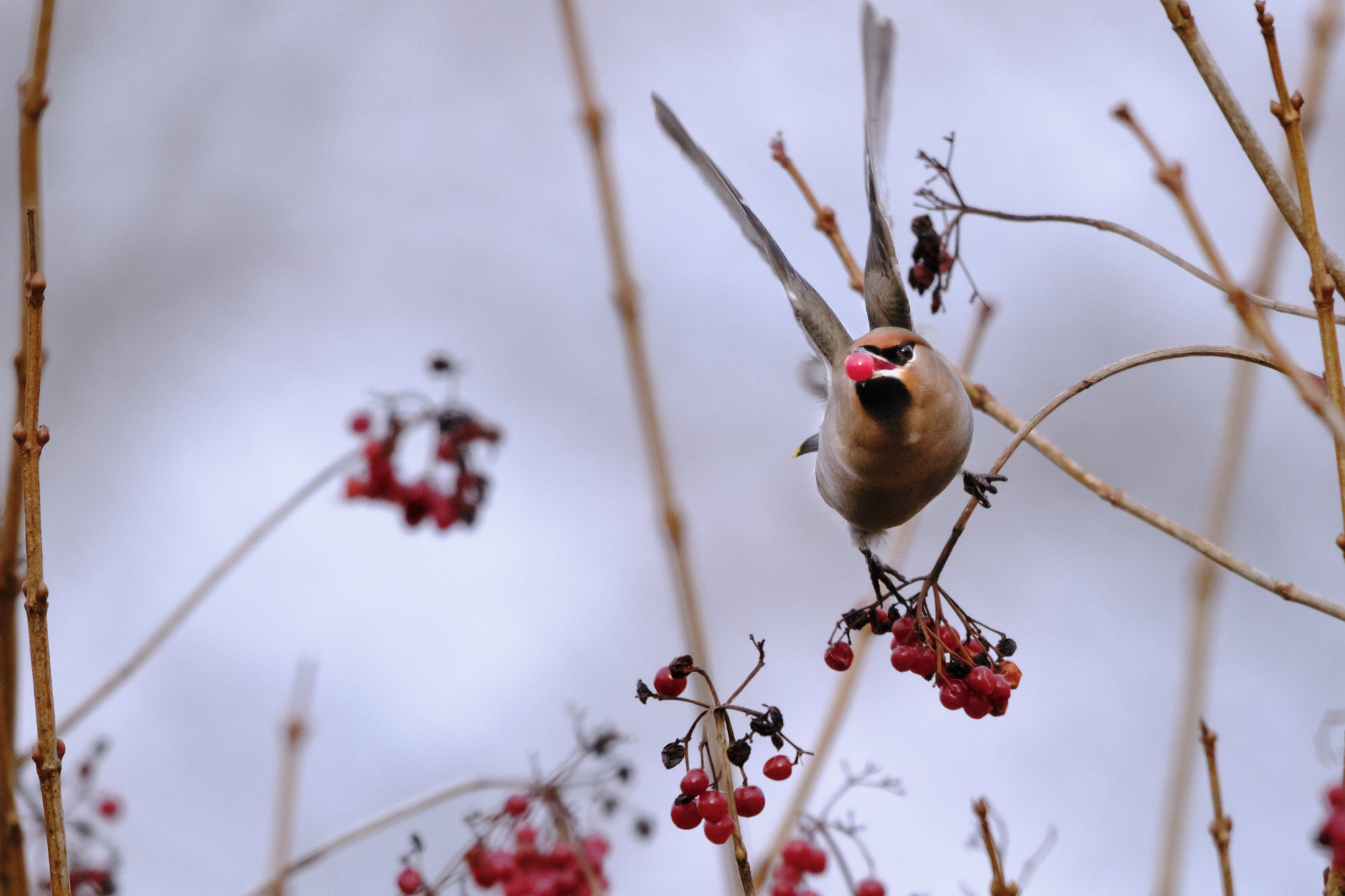
“It’s not about ticking some species off of a list.”
The rest is history they say. One happy photographer with a shitload of images to process. Forgotten my irritation about those noisy birdloving photographers I met before. The magic of the moment took over. So I put aside the camera, grabbed my binoculars and watched and listened. Isn’t this what it’s all about? It’s not about ticking some species off of a list. It’s not about hunting for an image as inquisitive passerby oft ask. It’s about experiencing the moment, learning about the ways and behaviour of wild animals that are not subject to man. This is the real meaning of a first. The moment that you will only experience once. This excitement, this joy.



